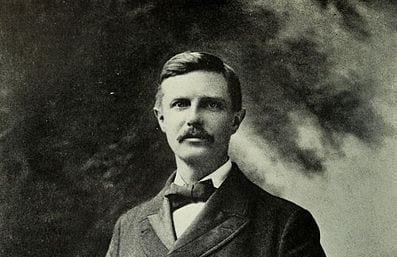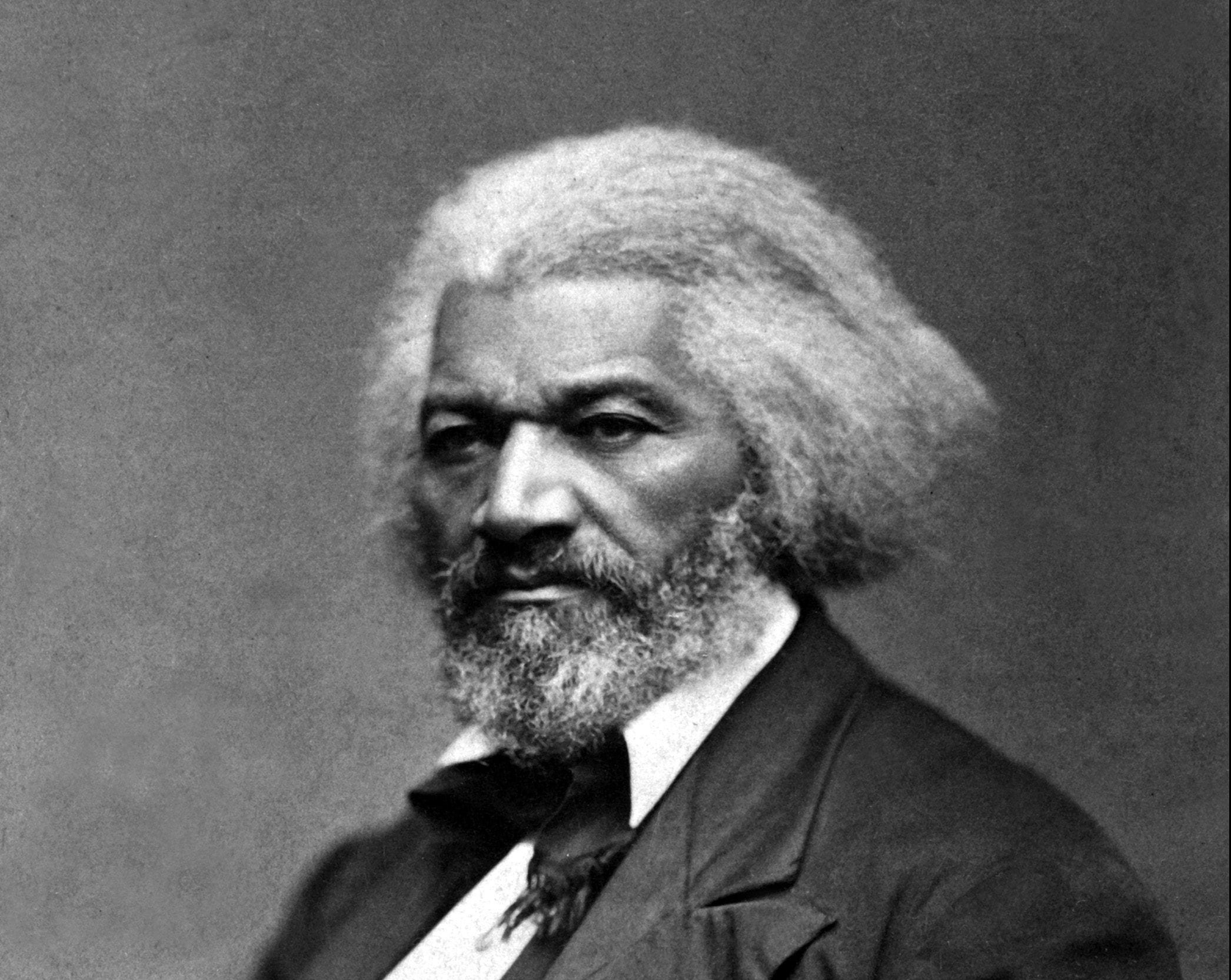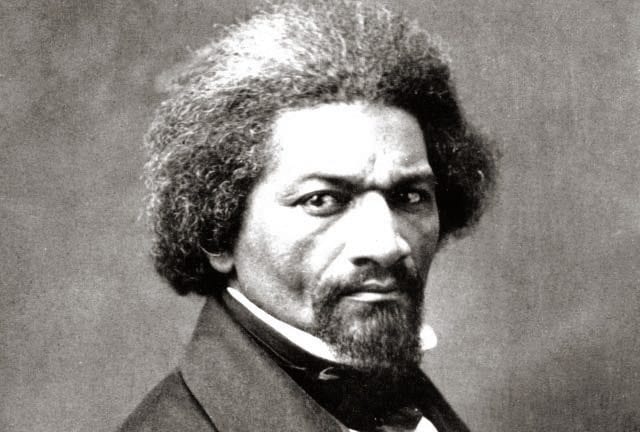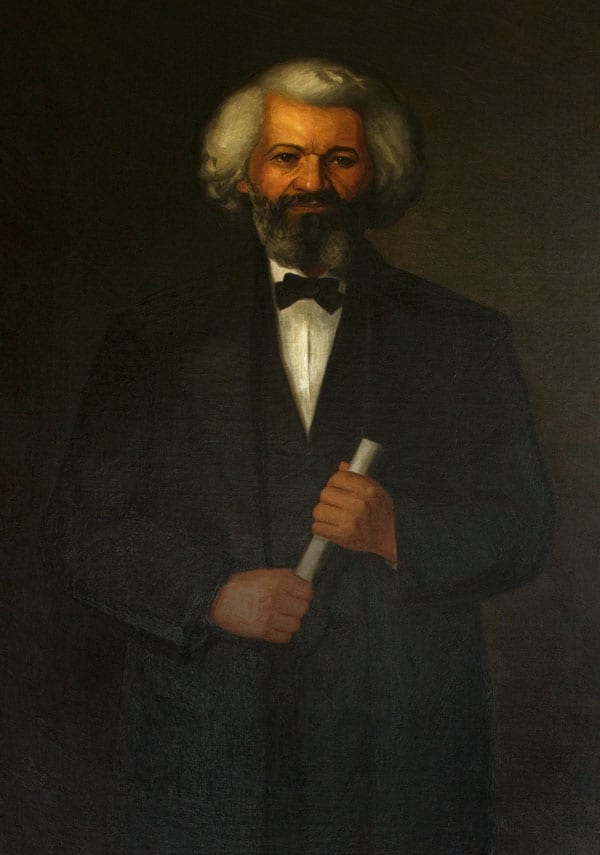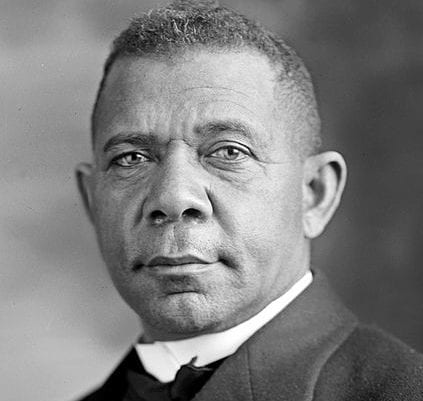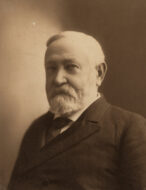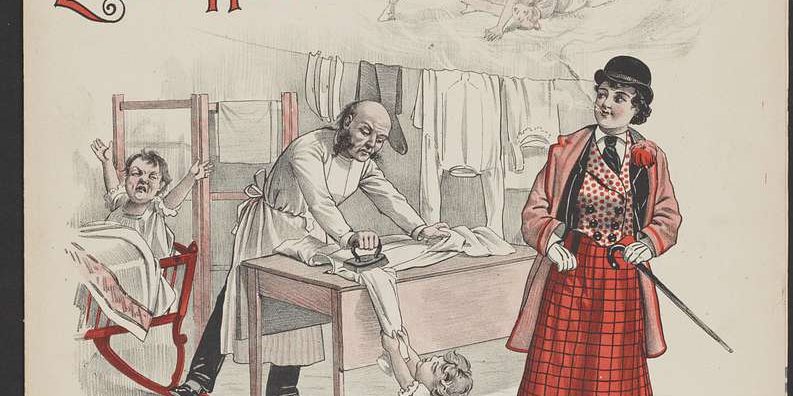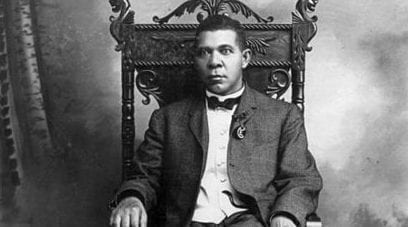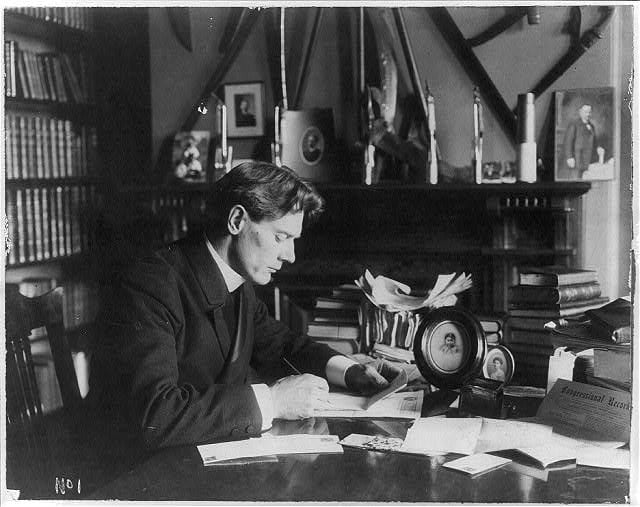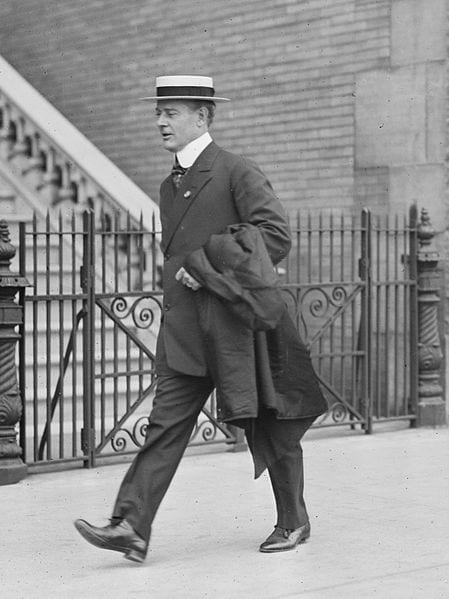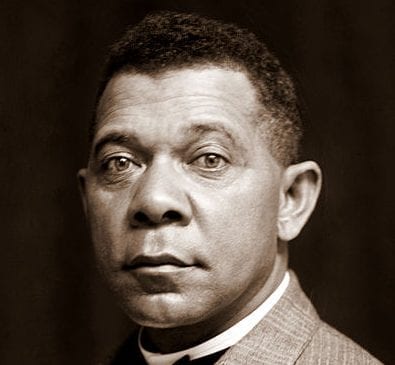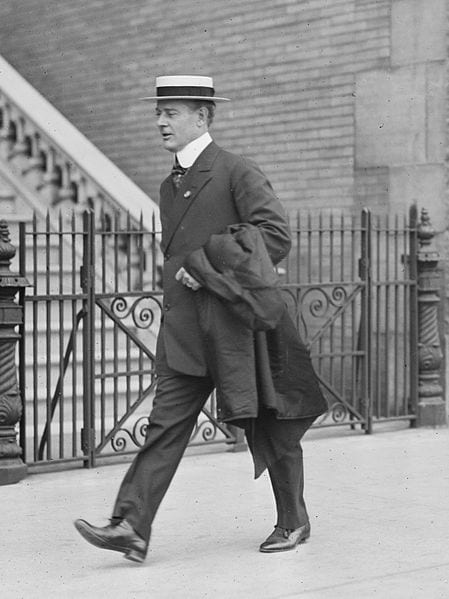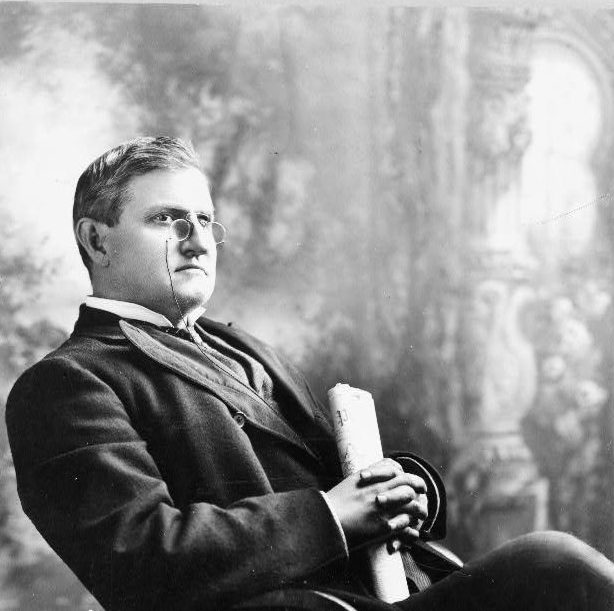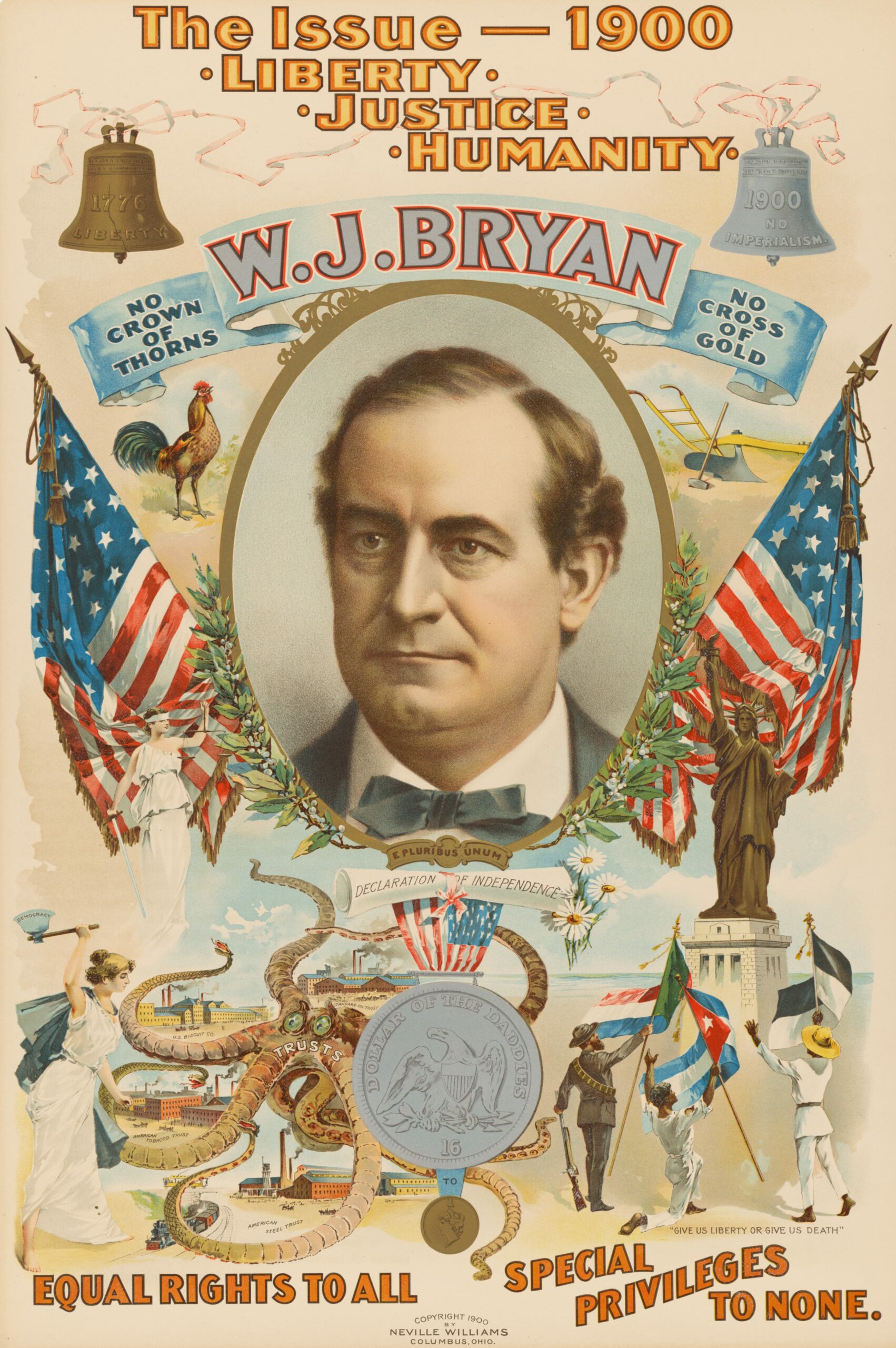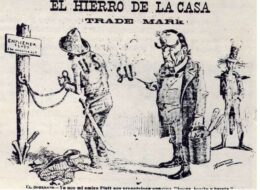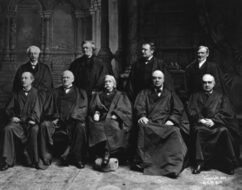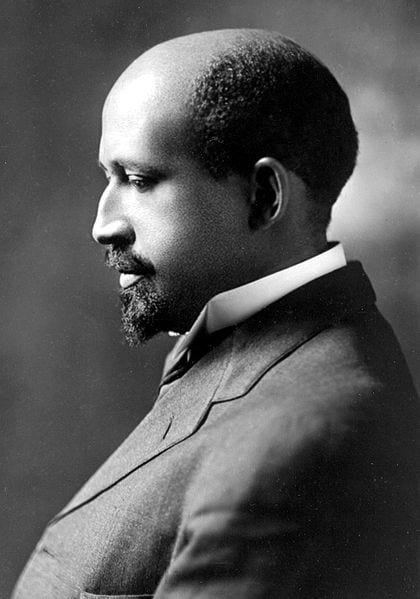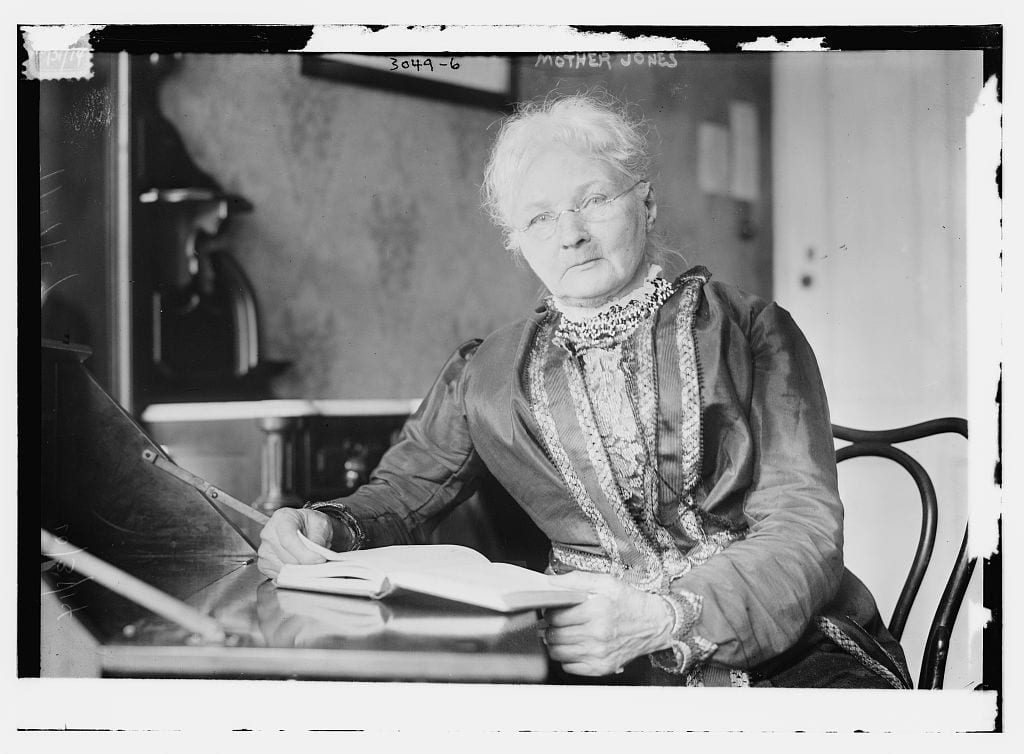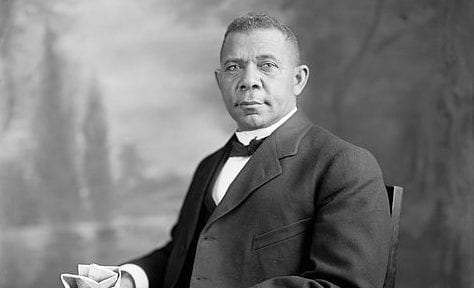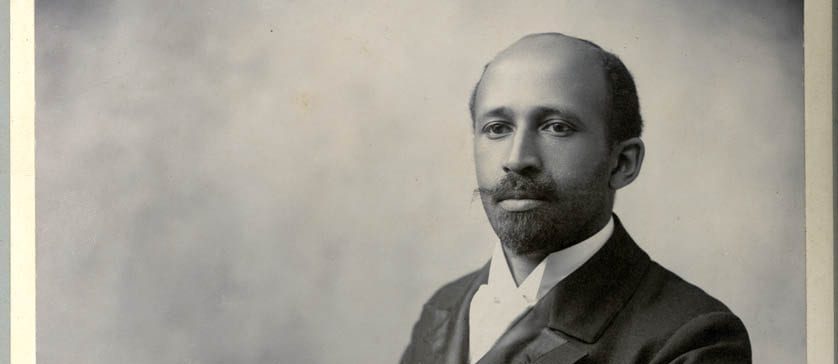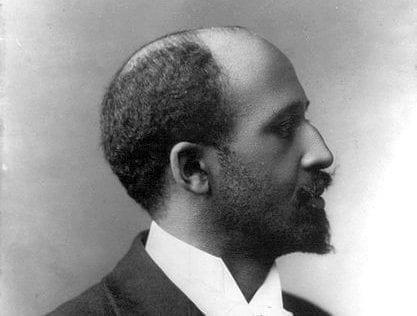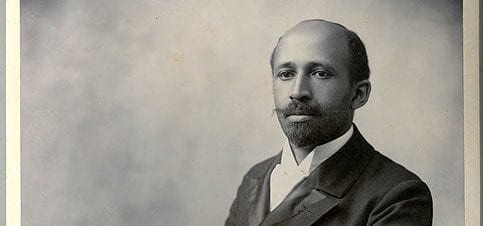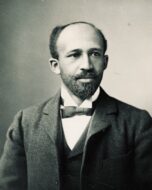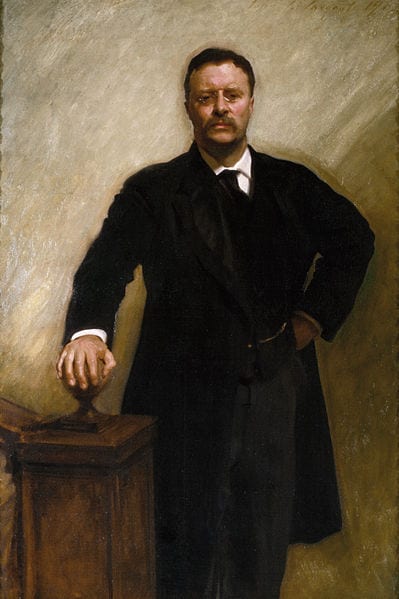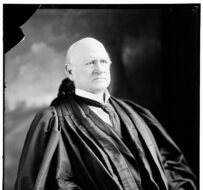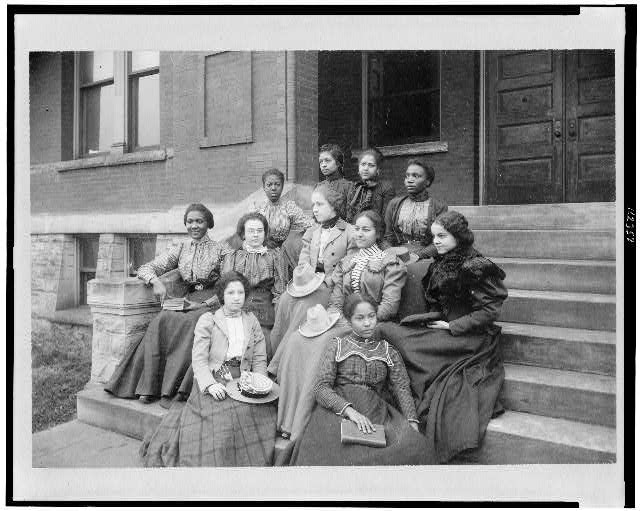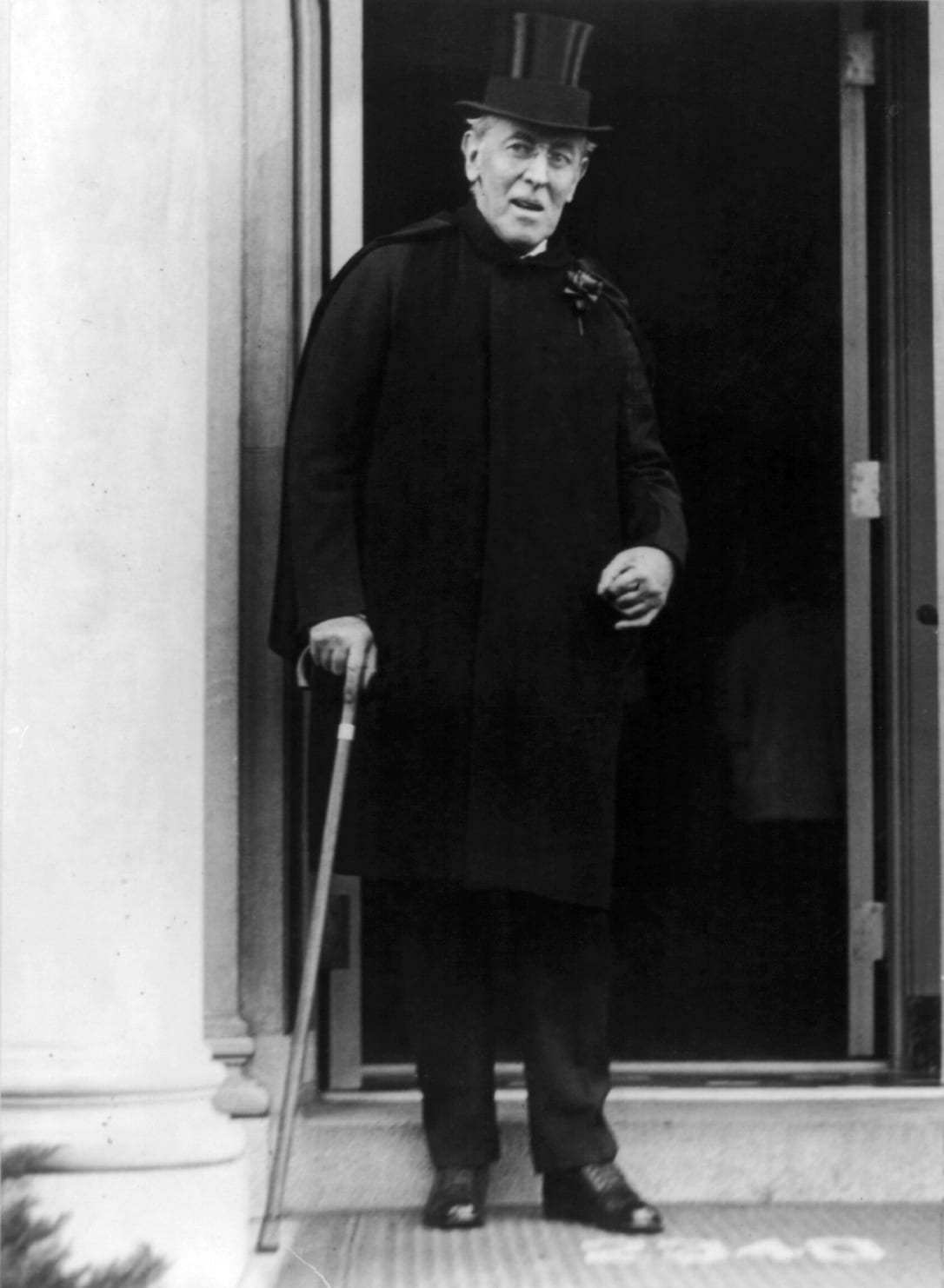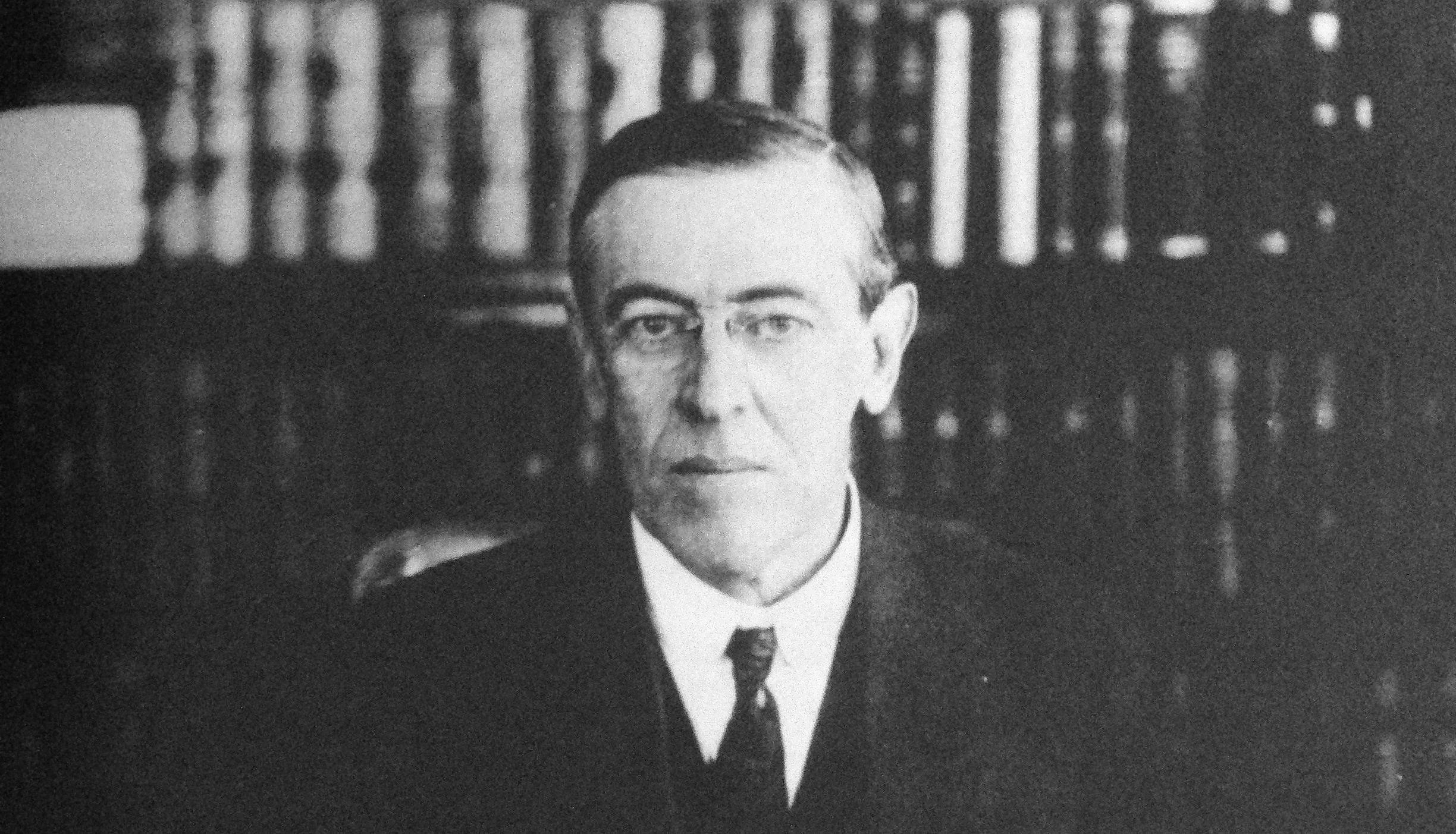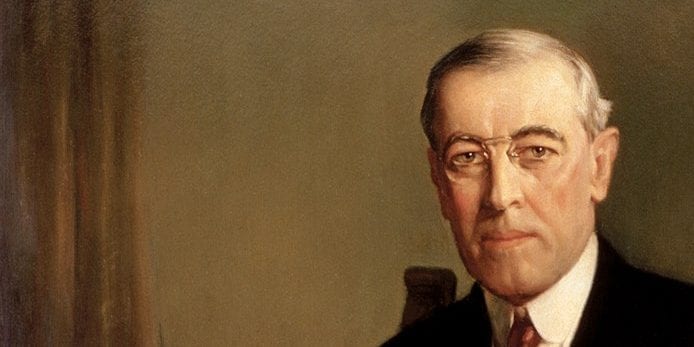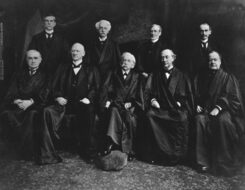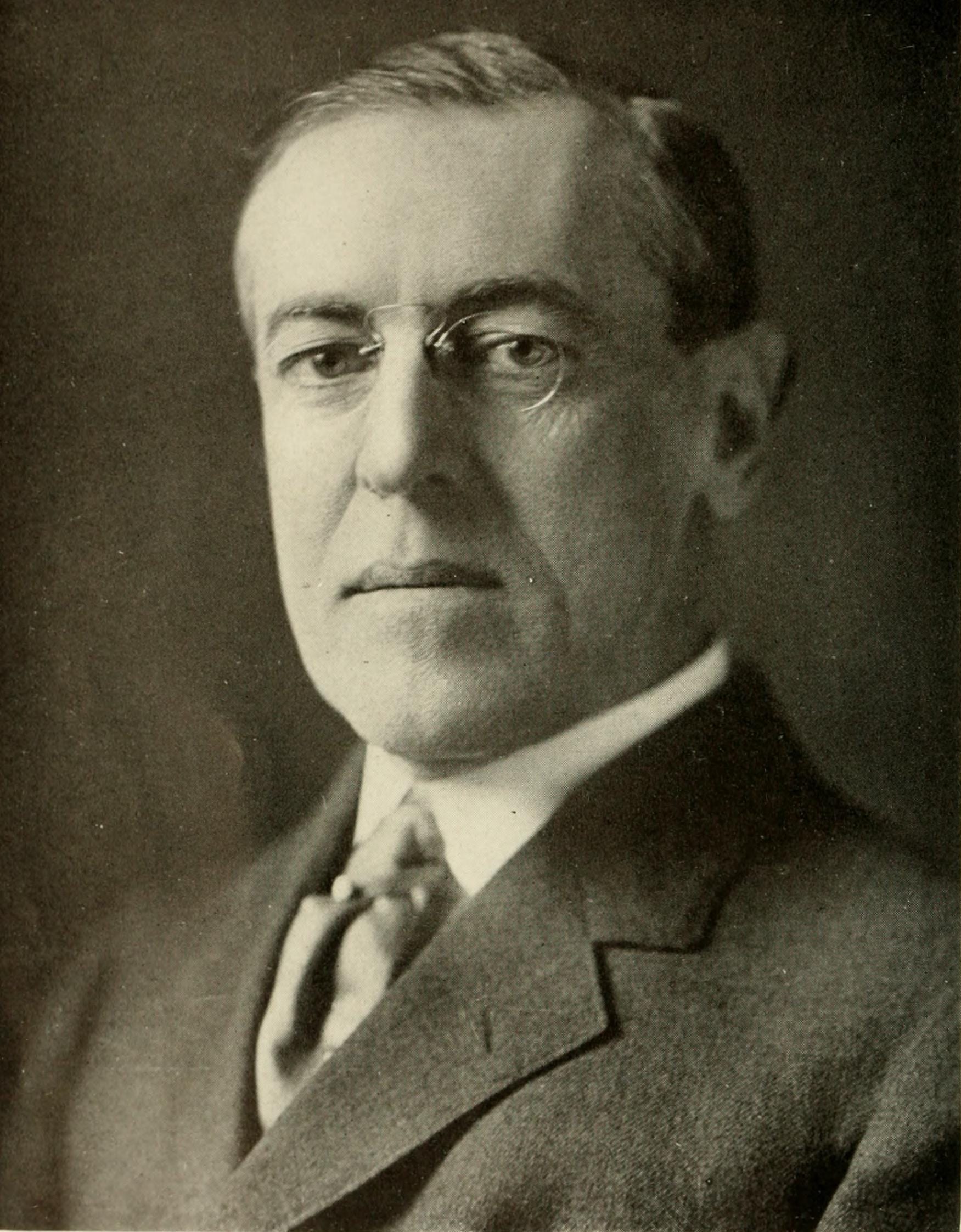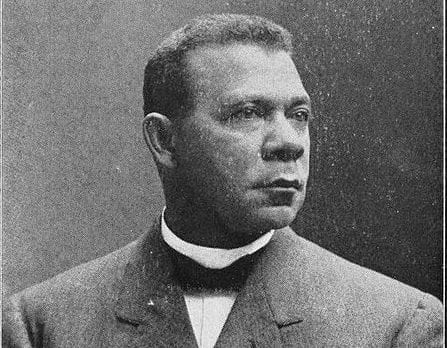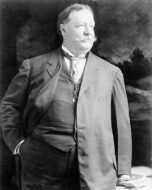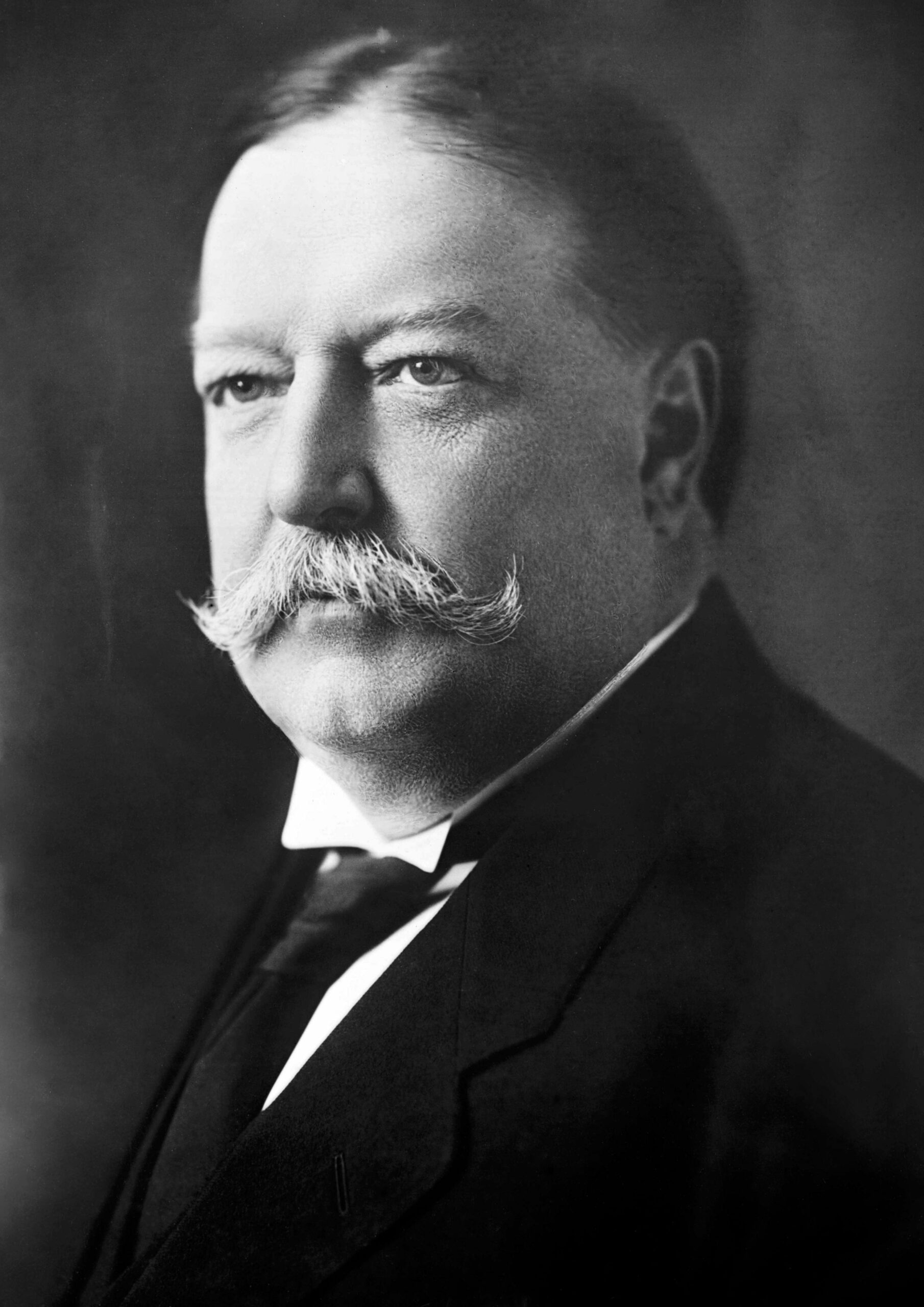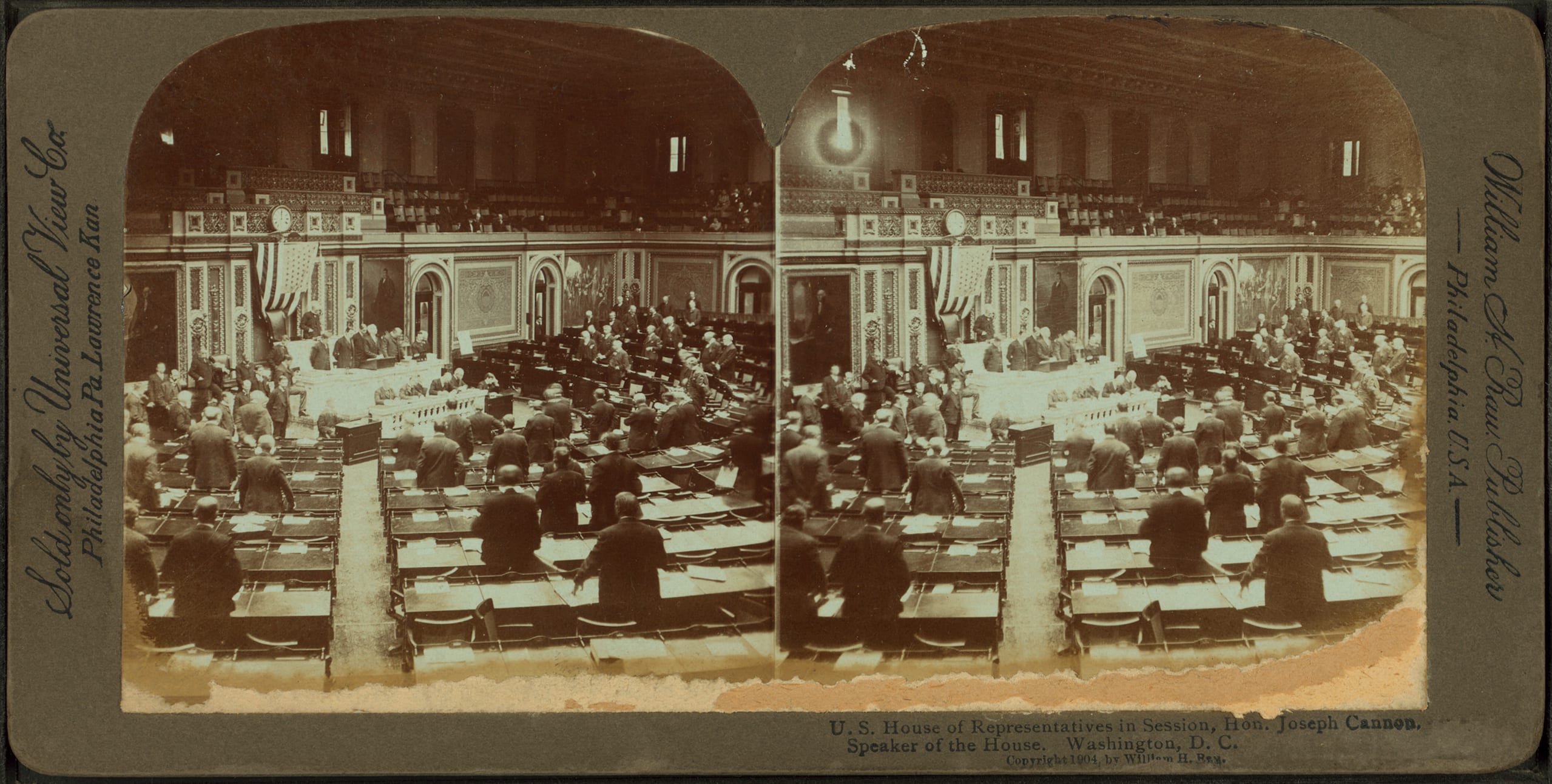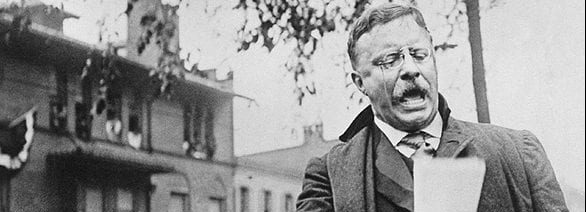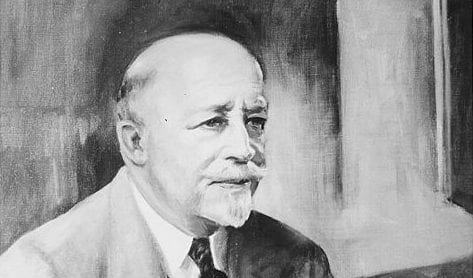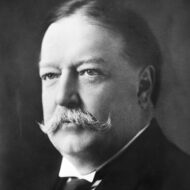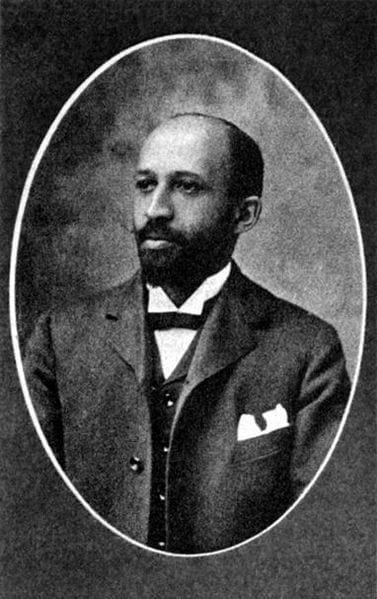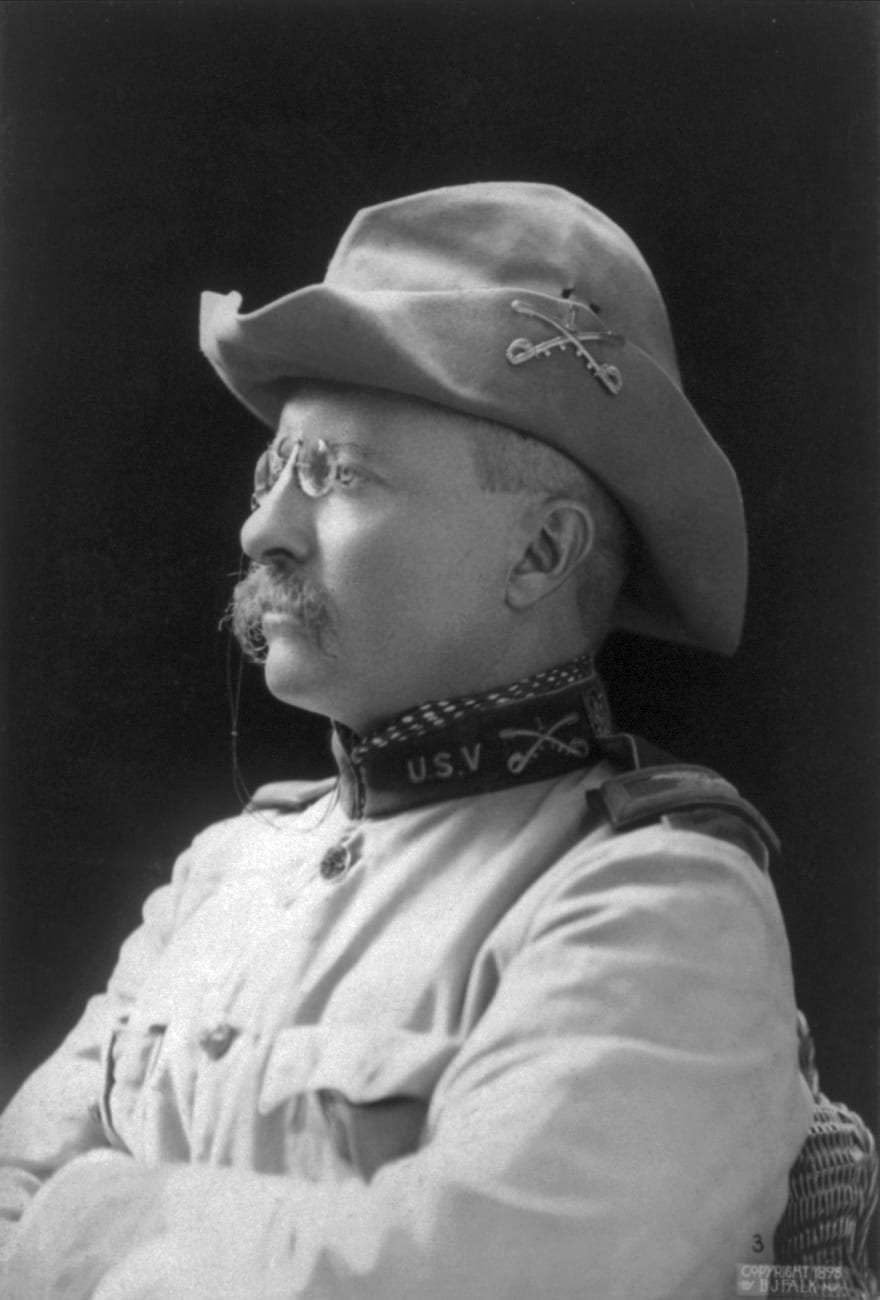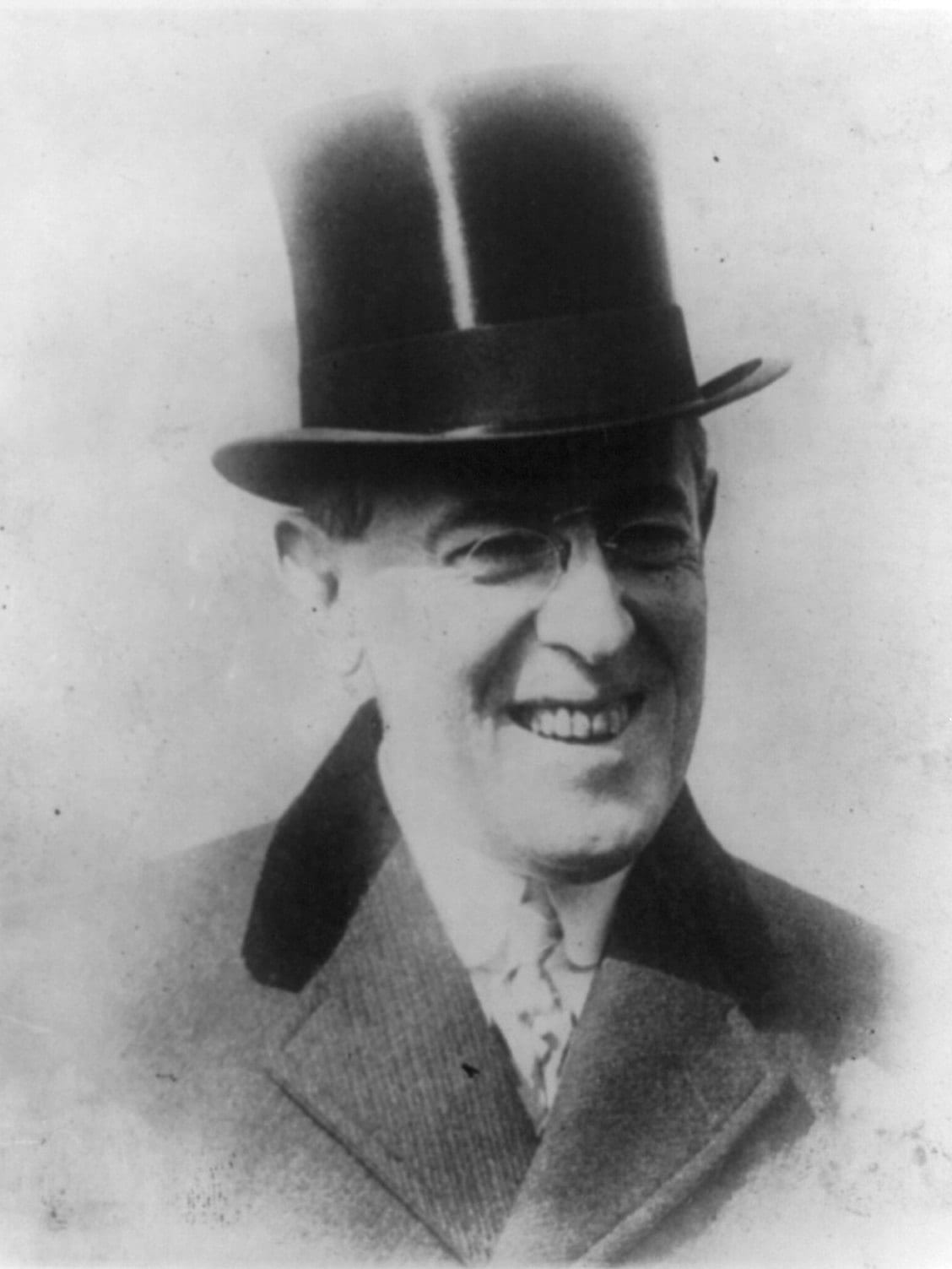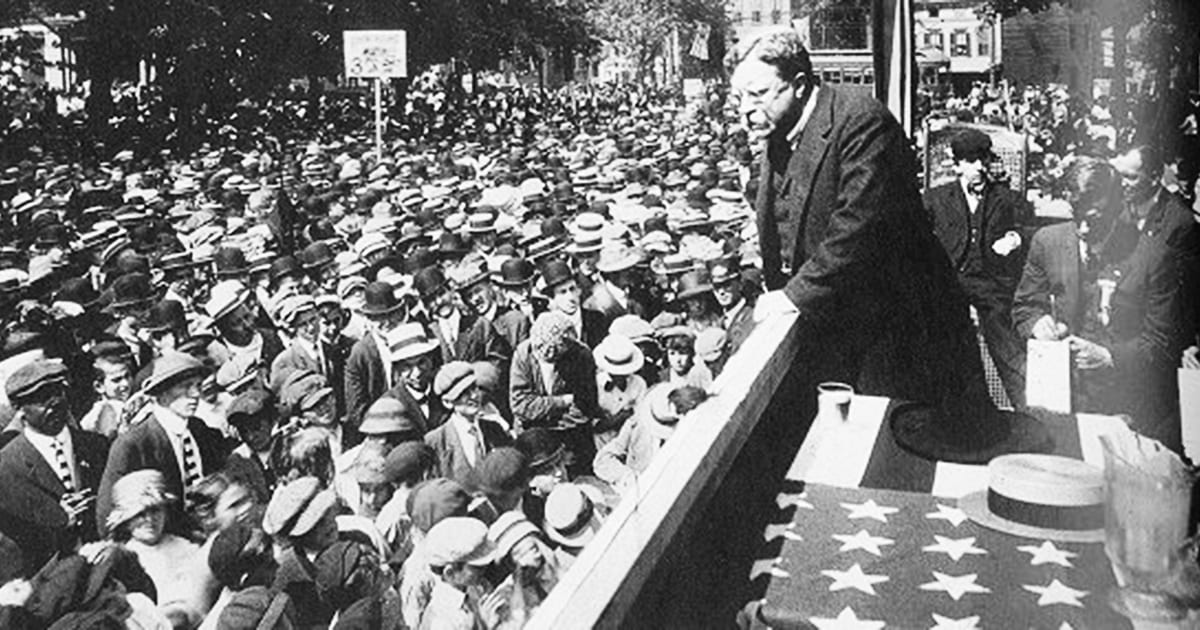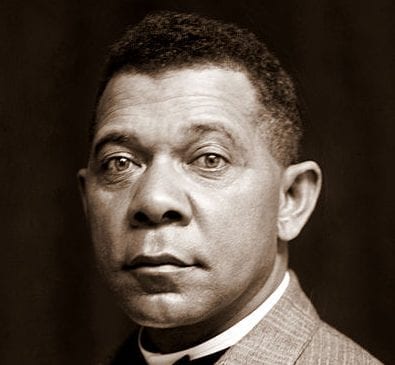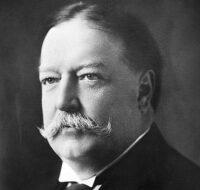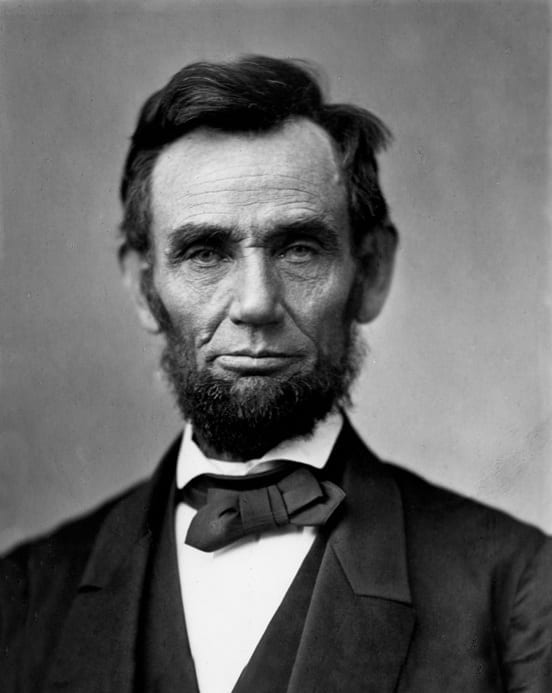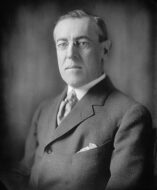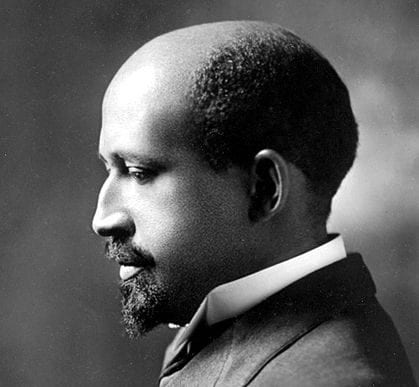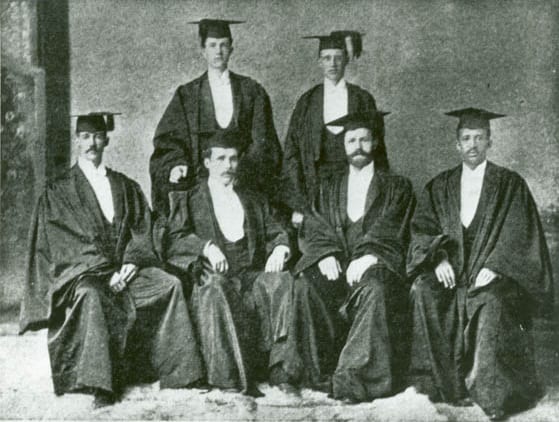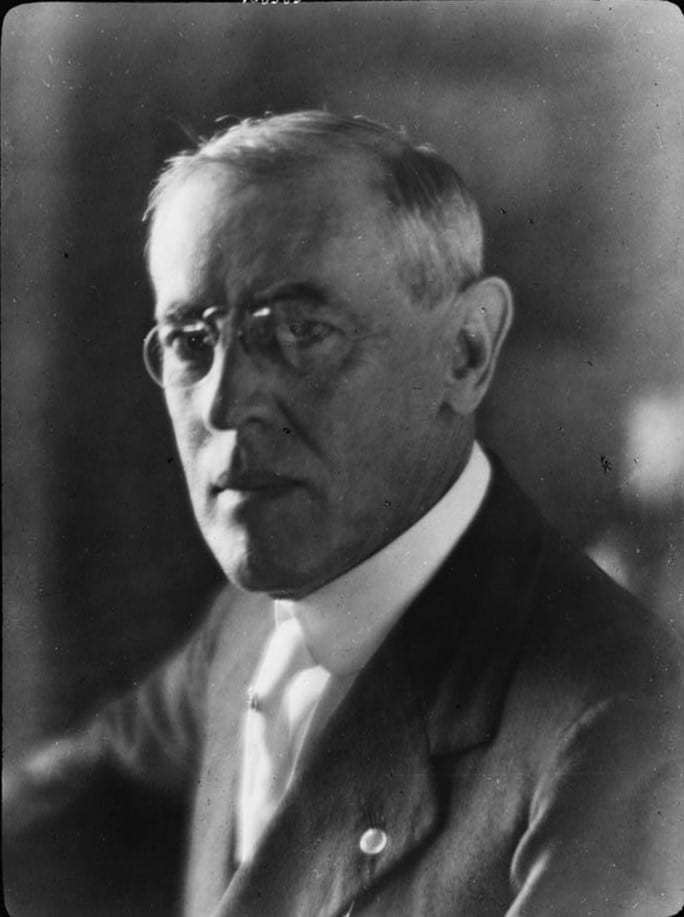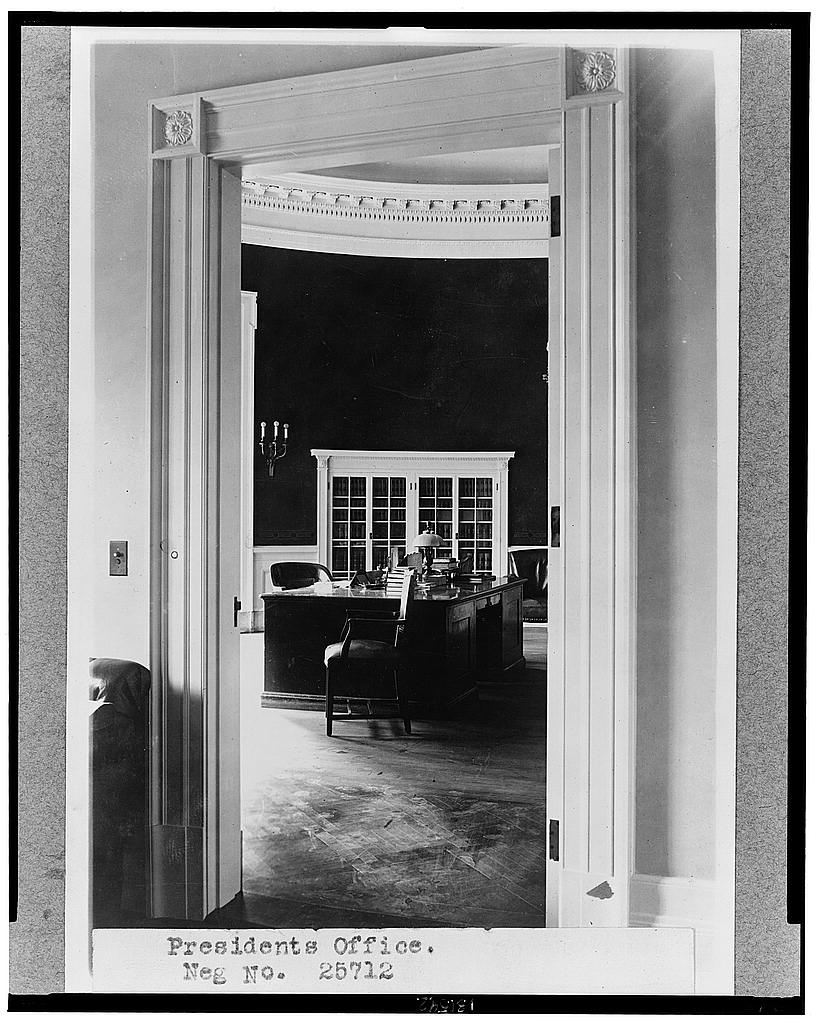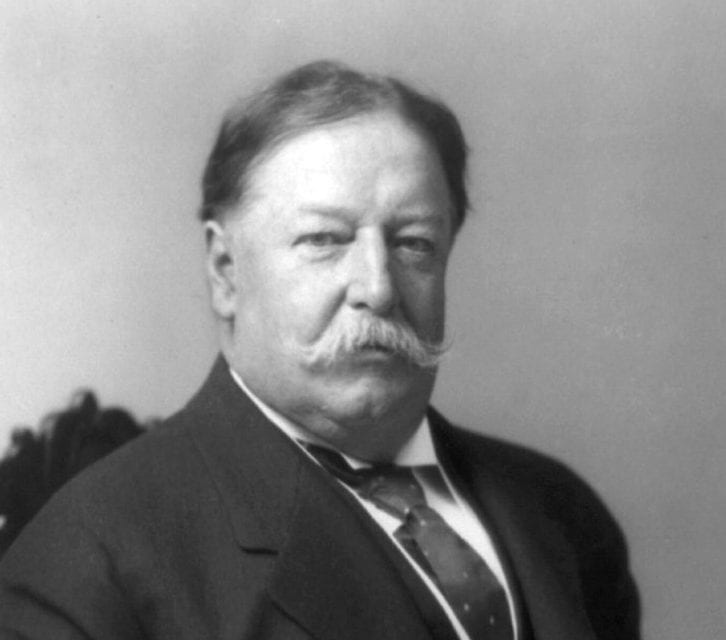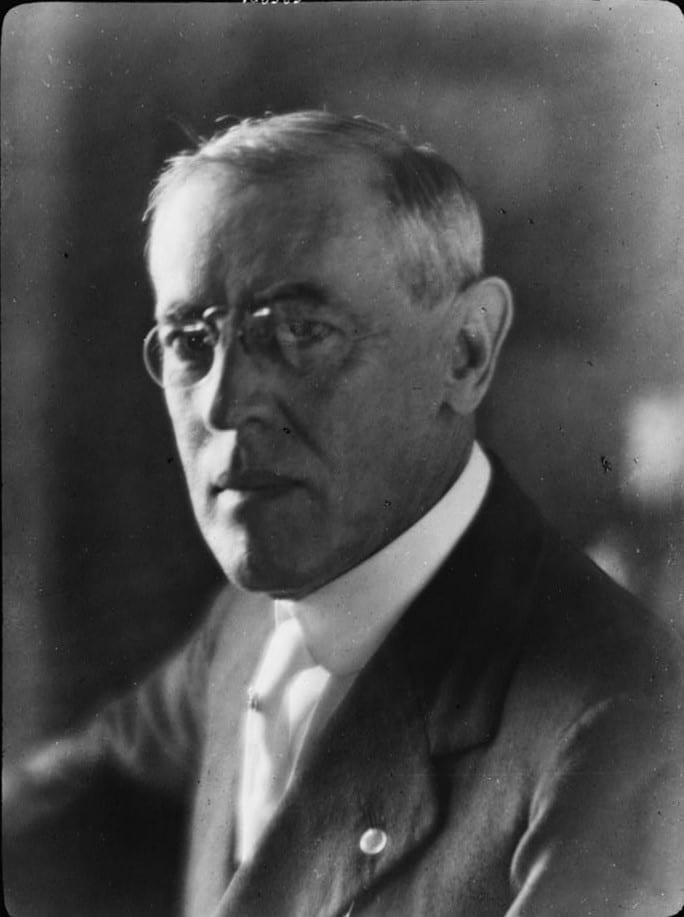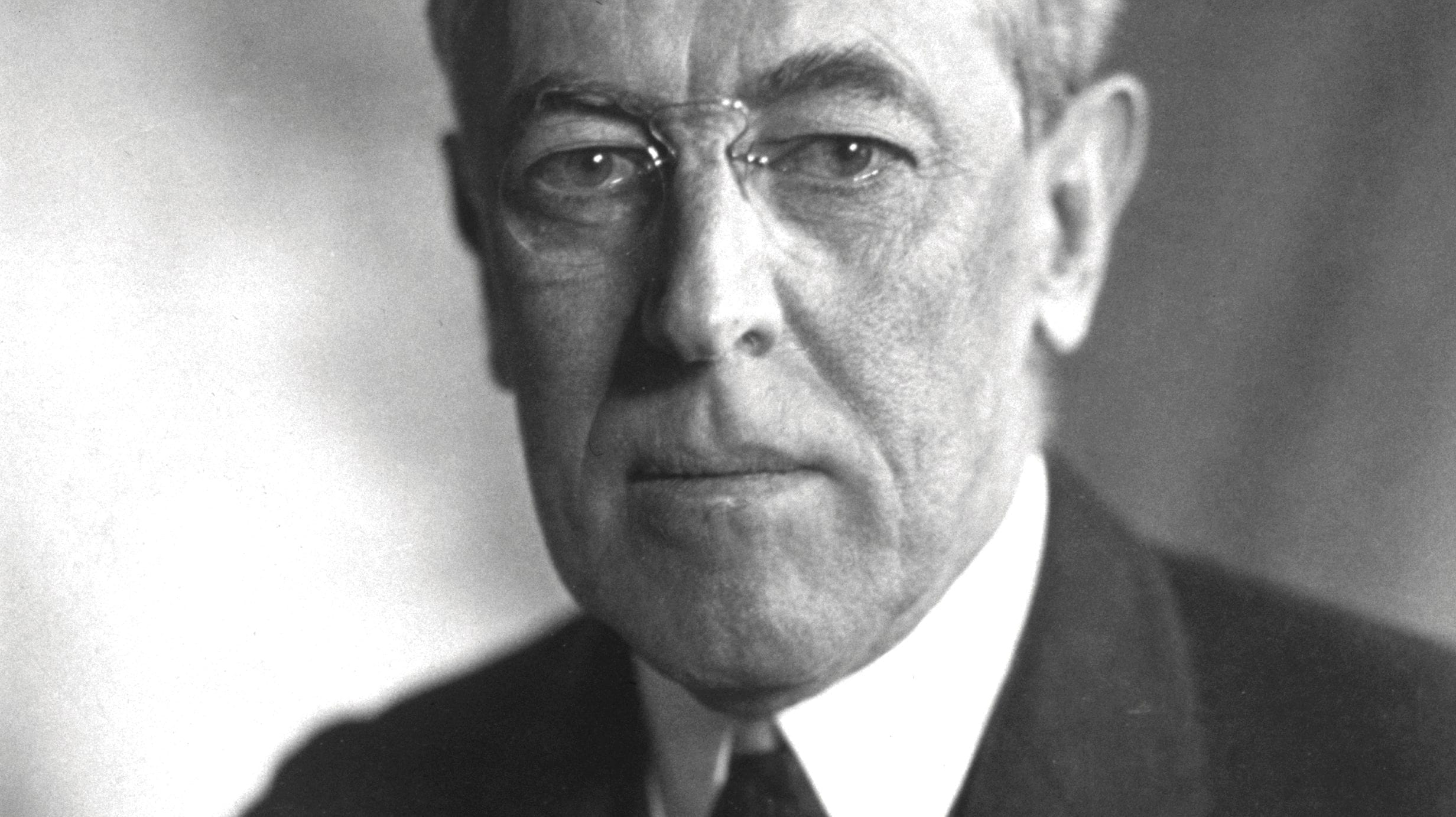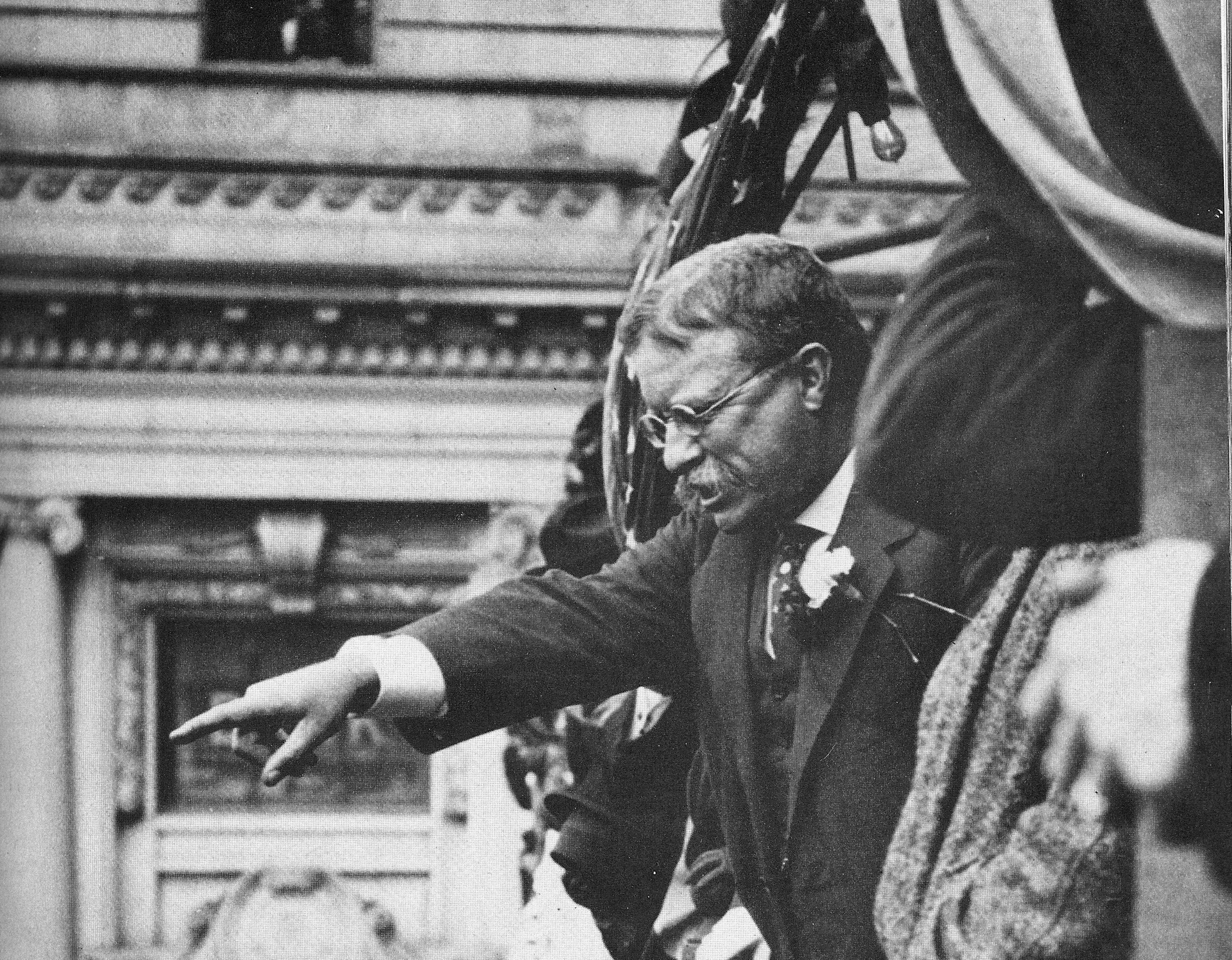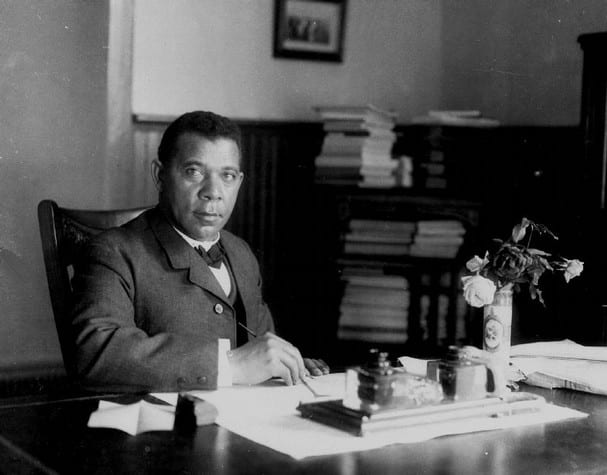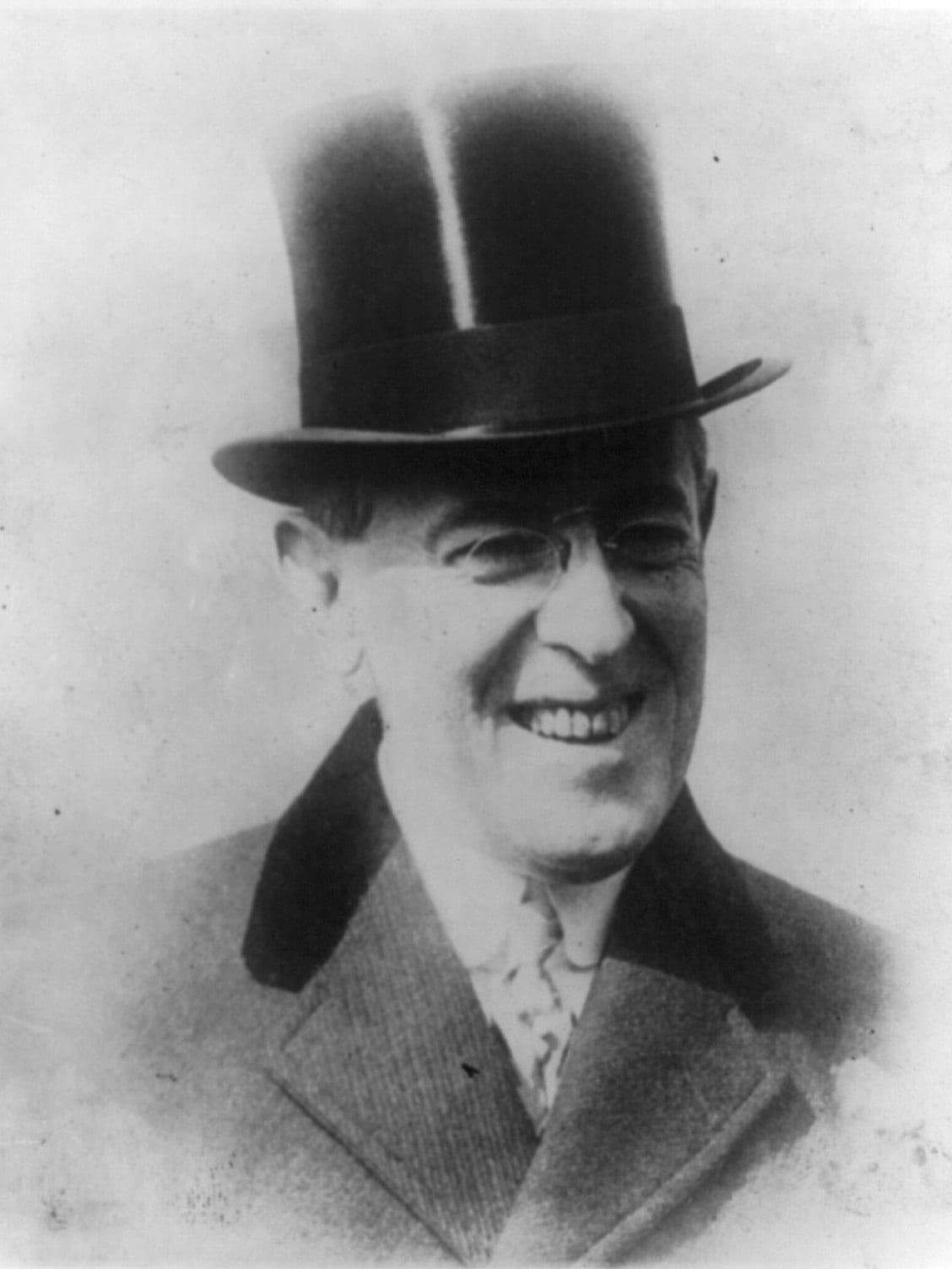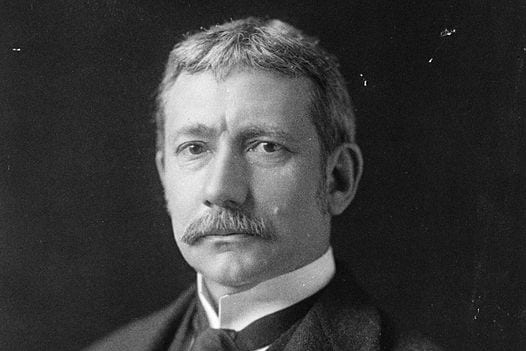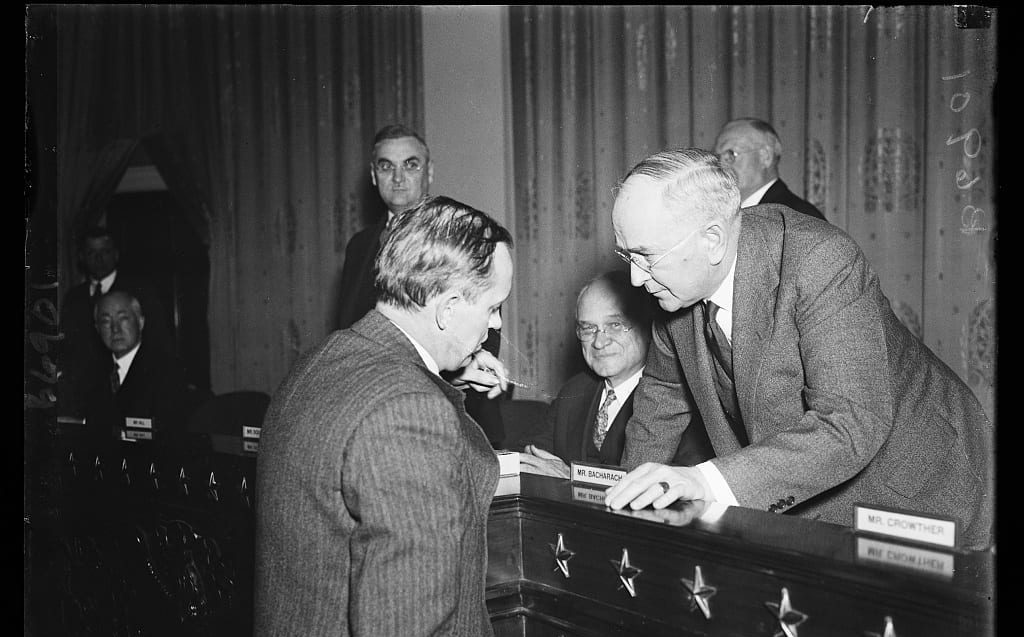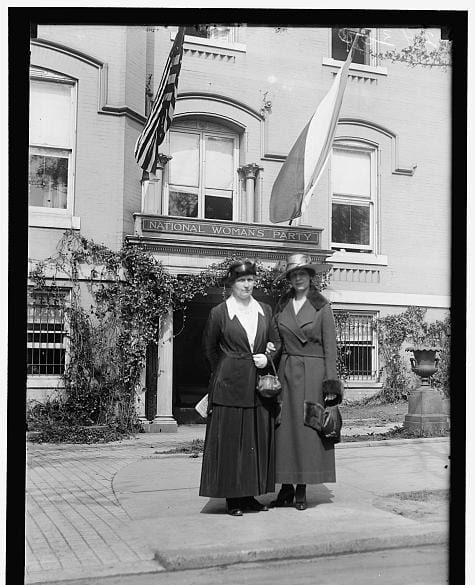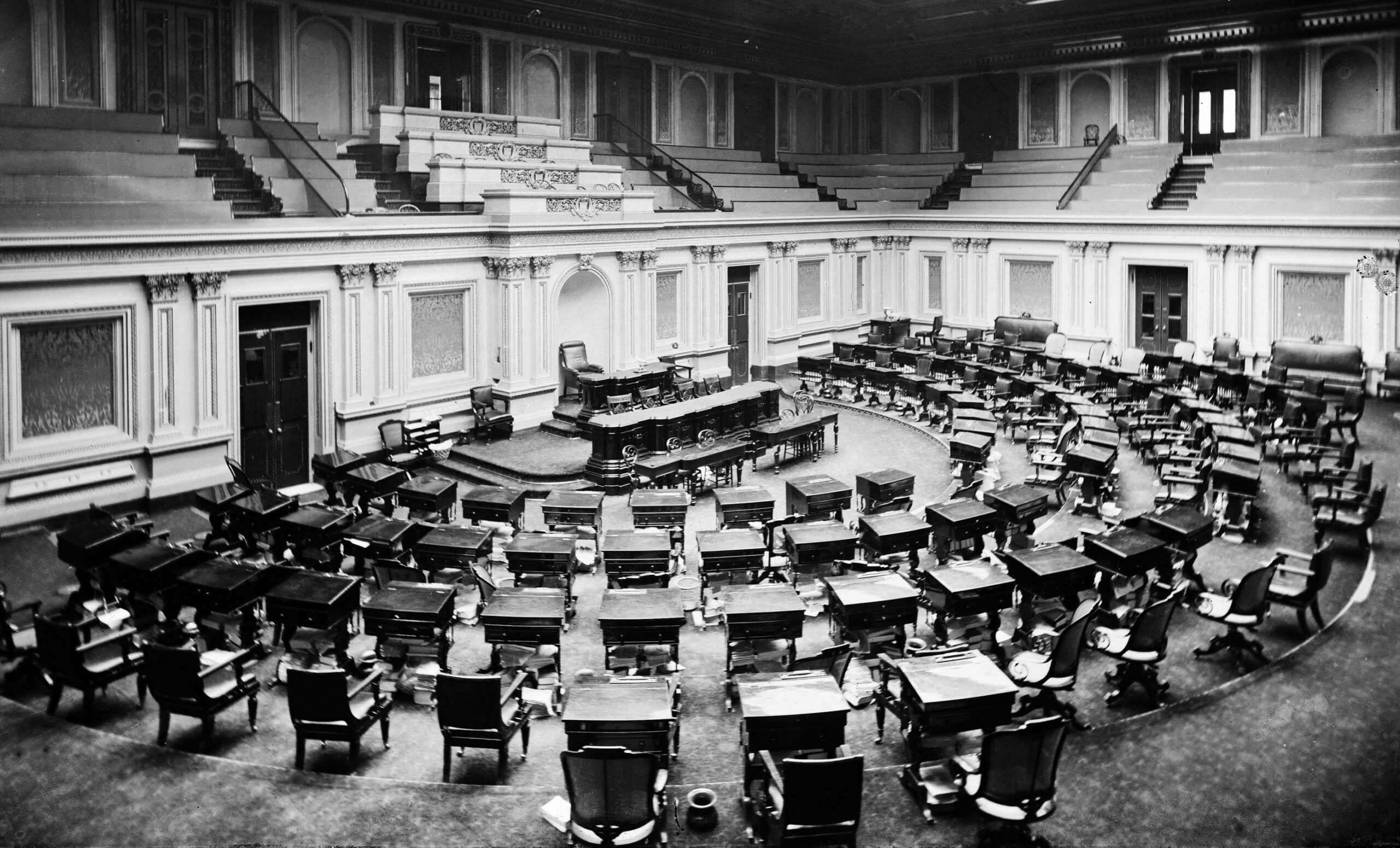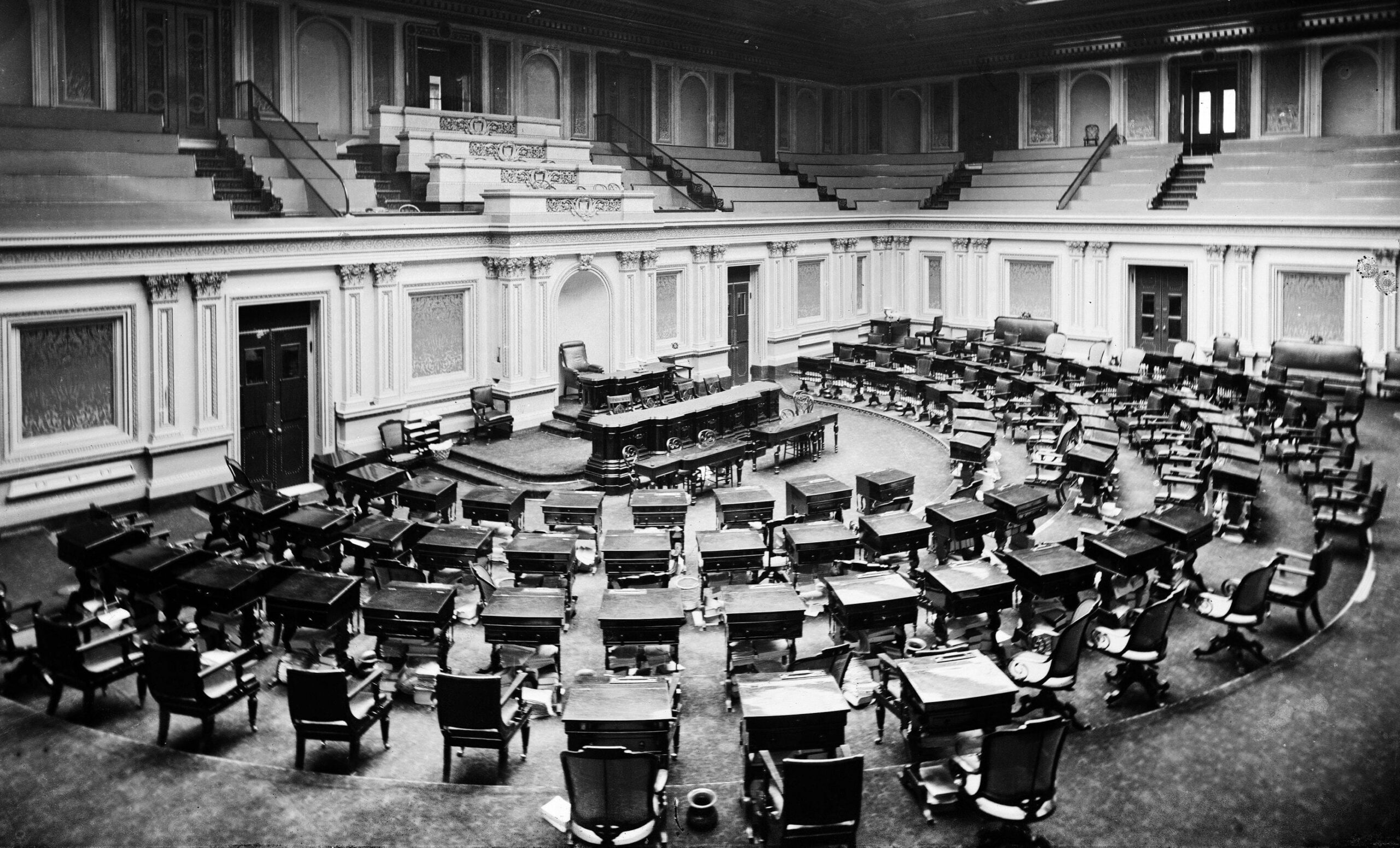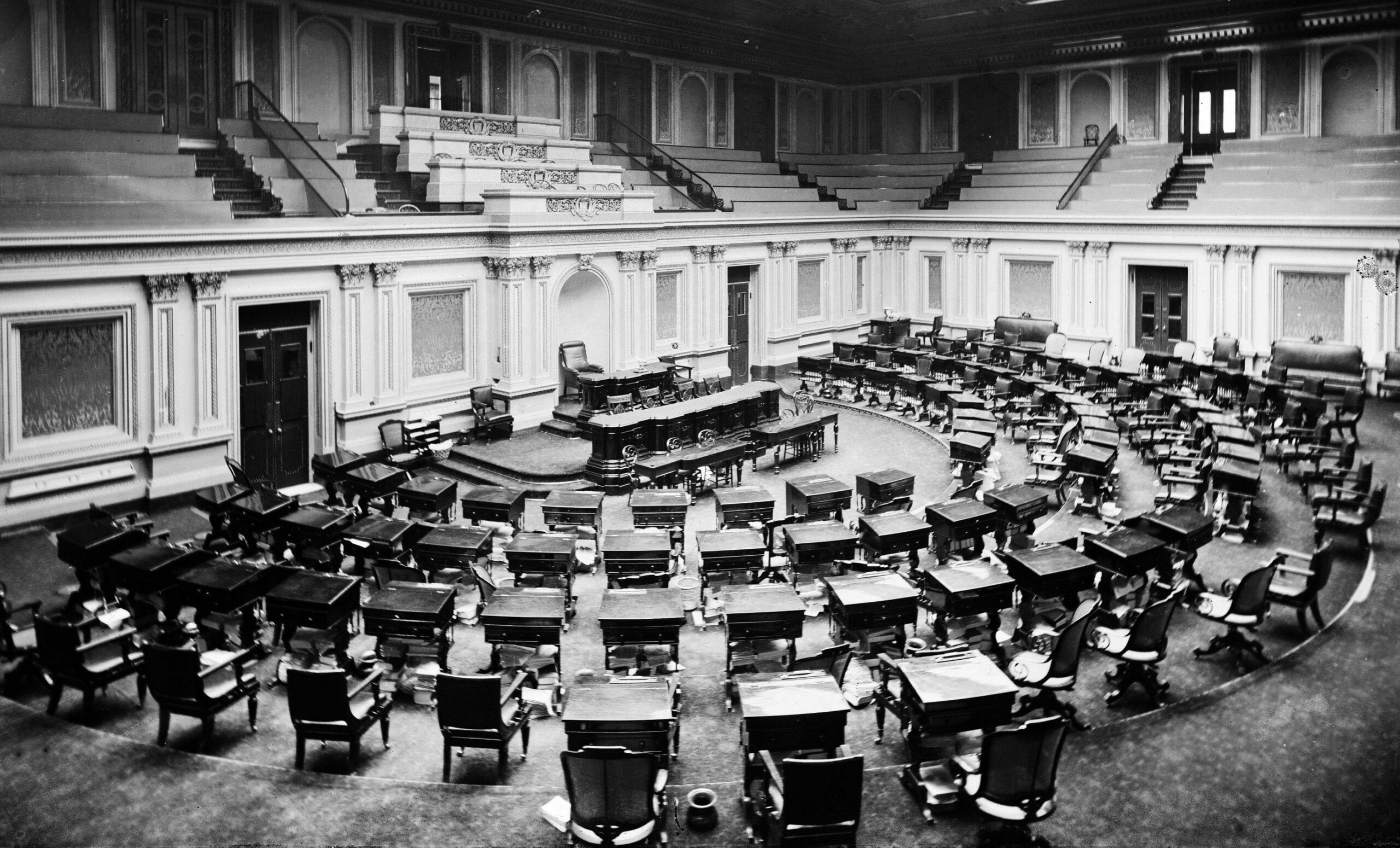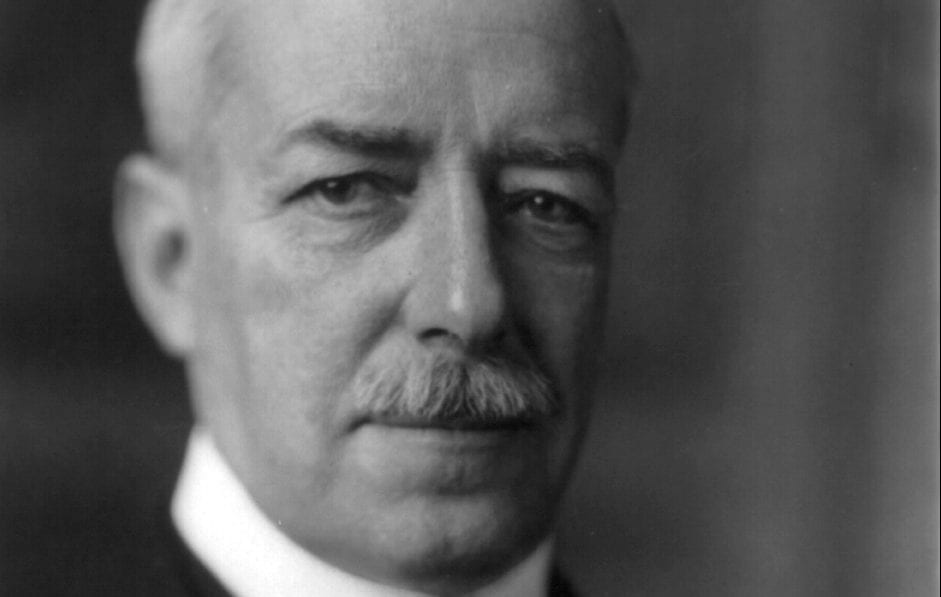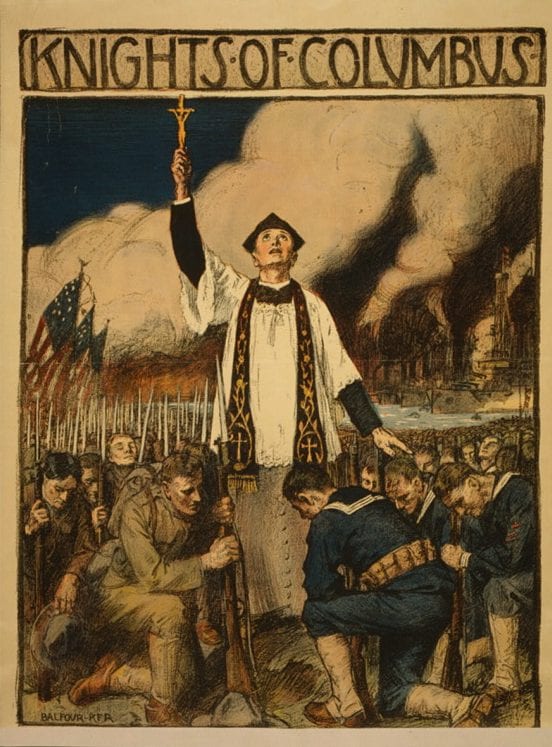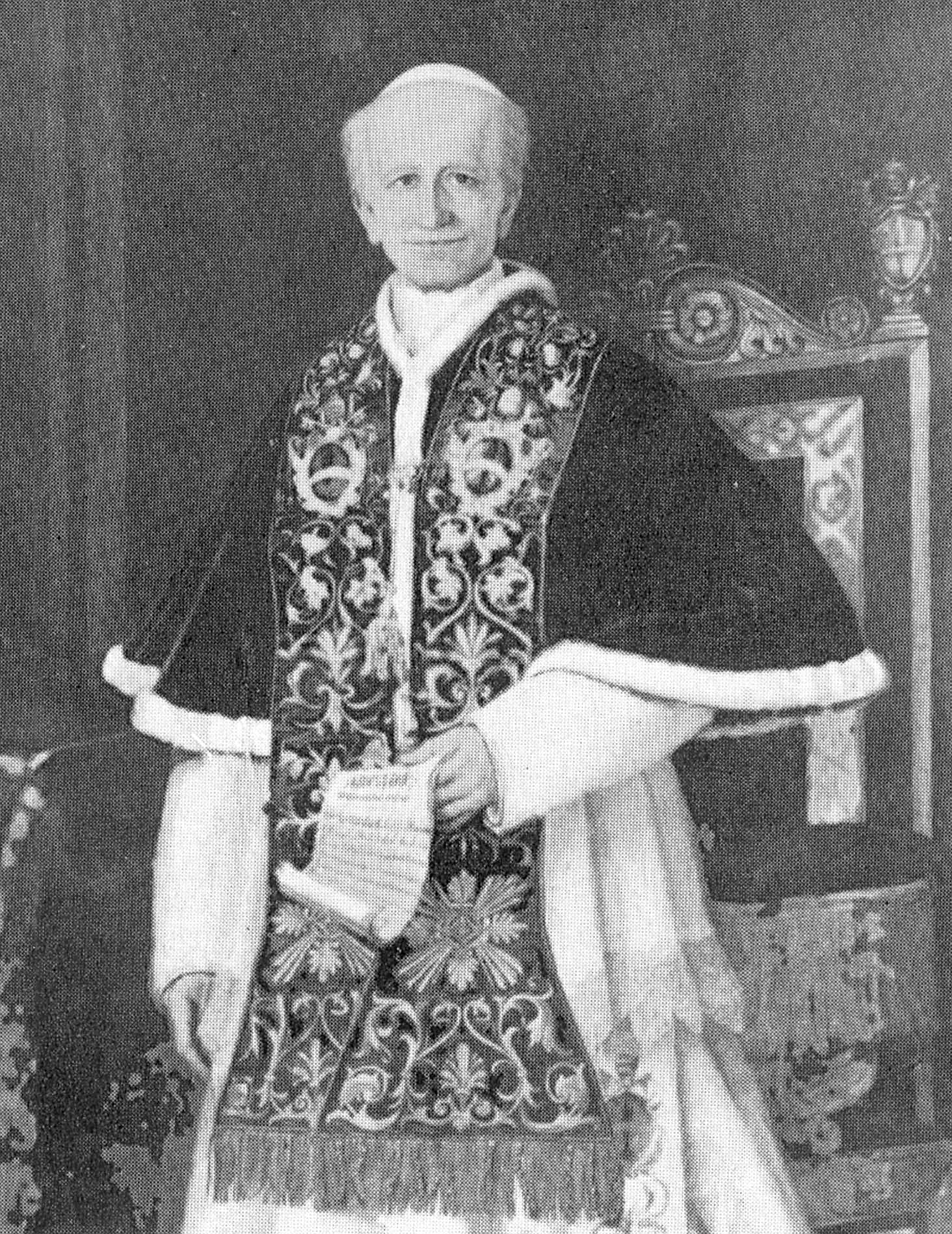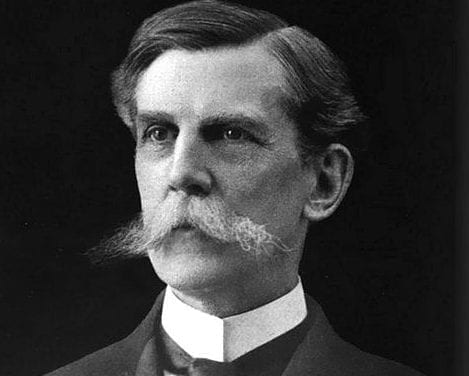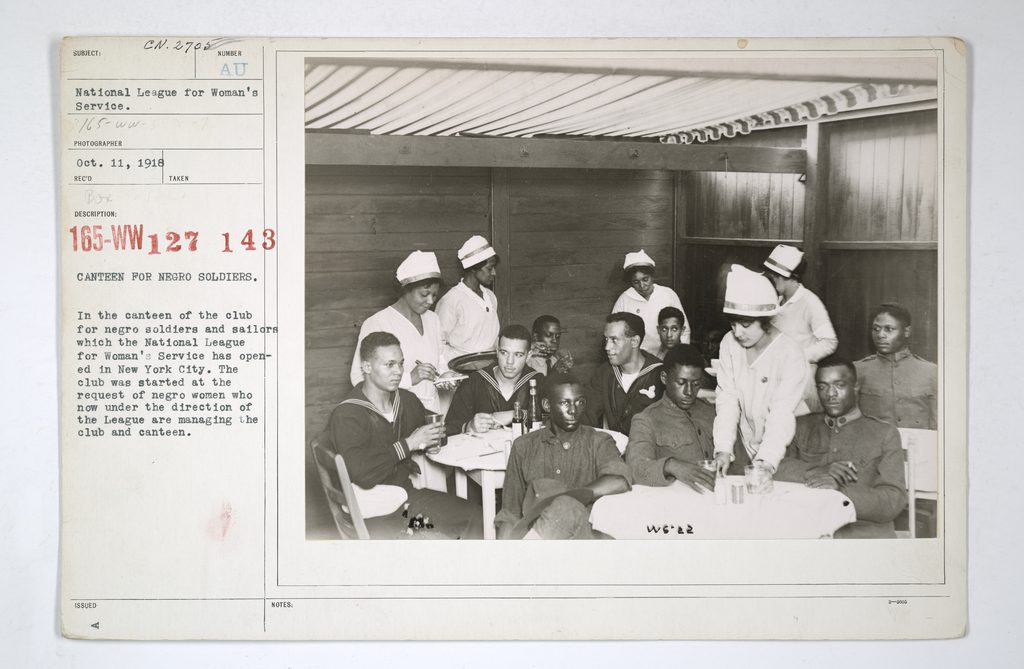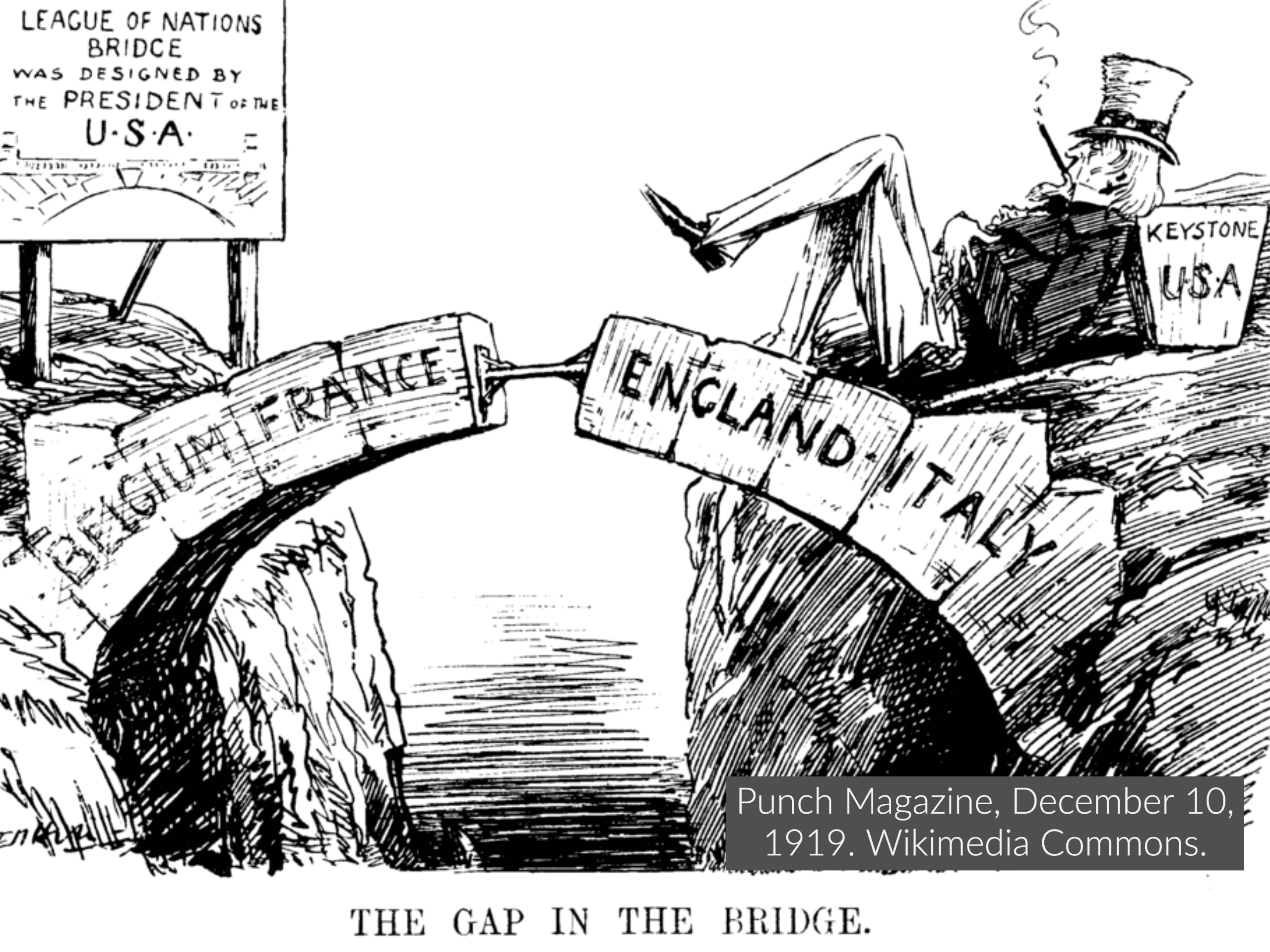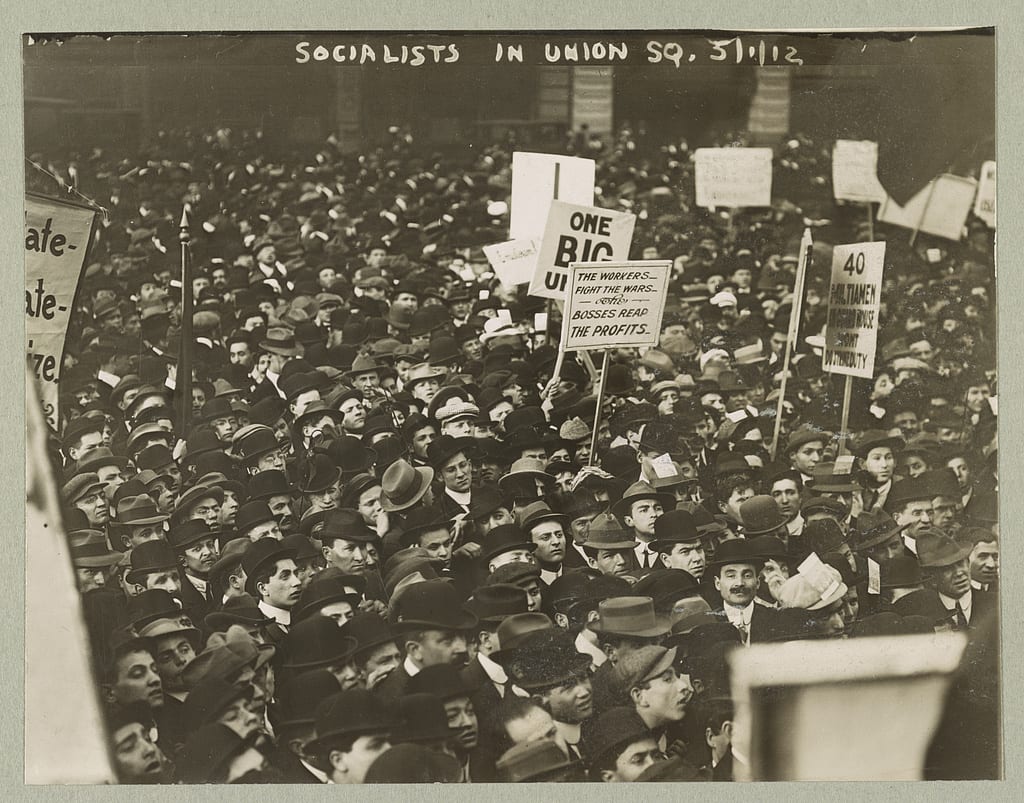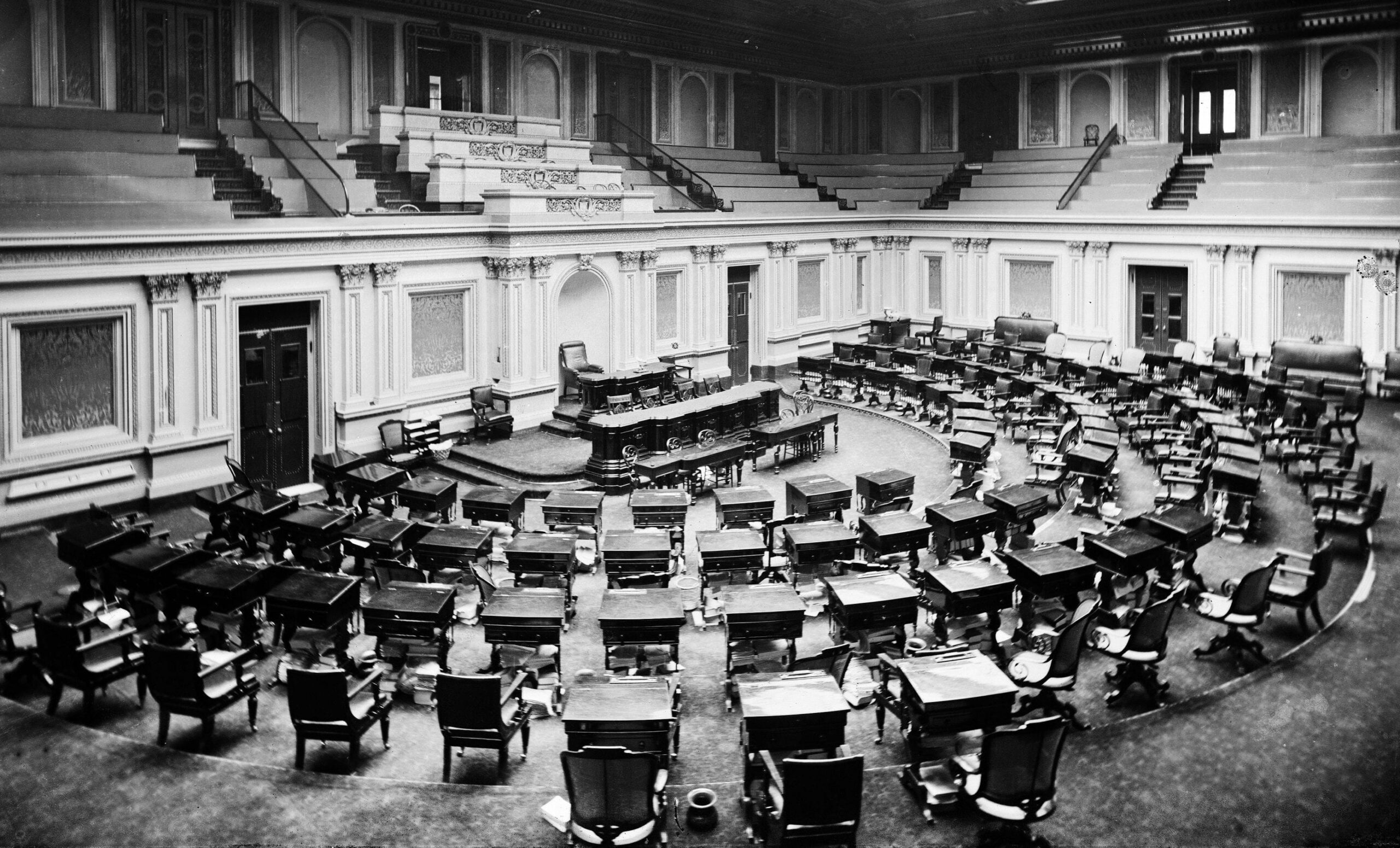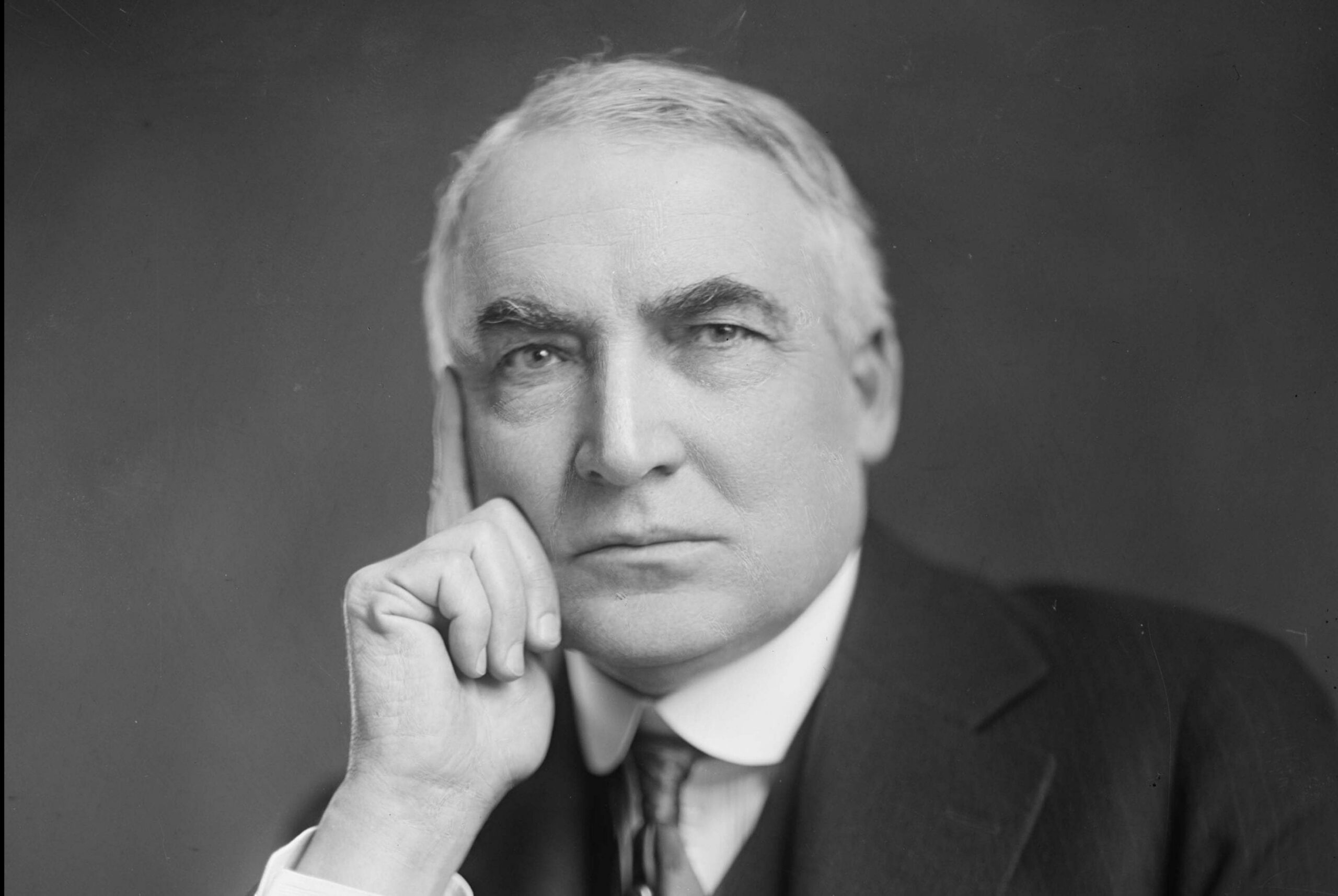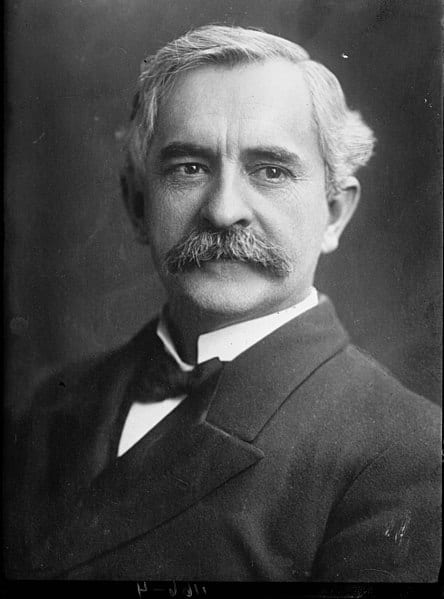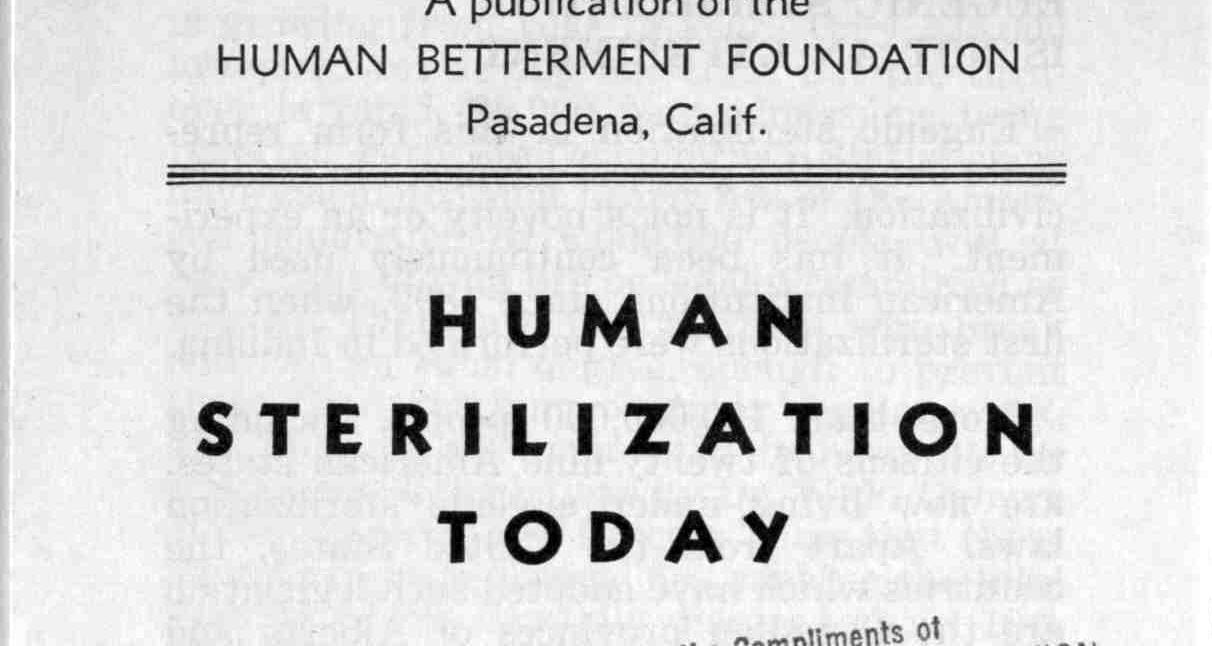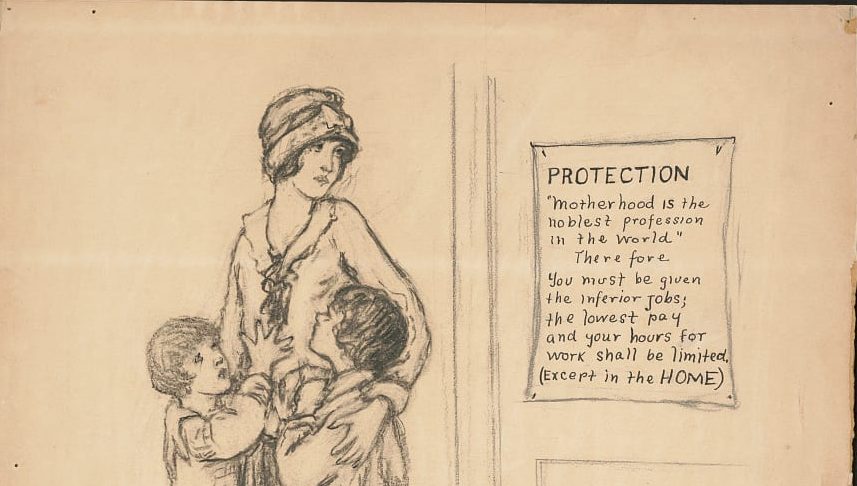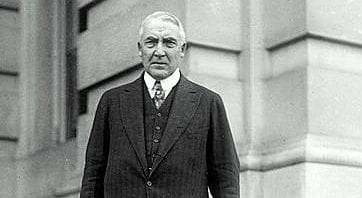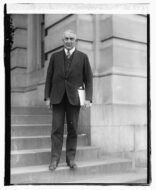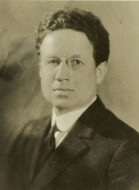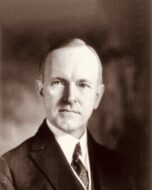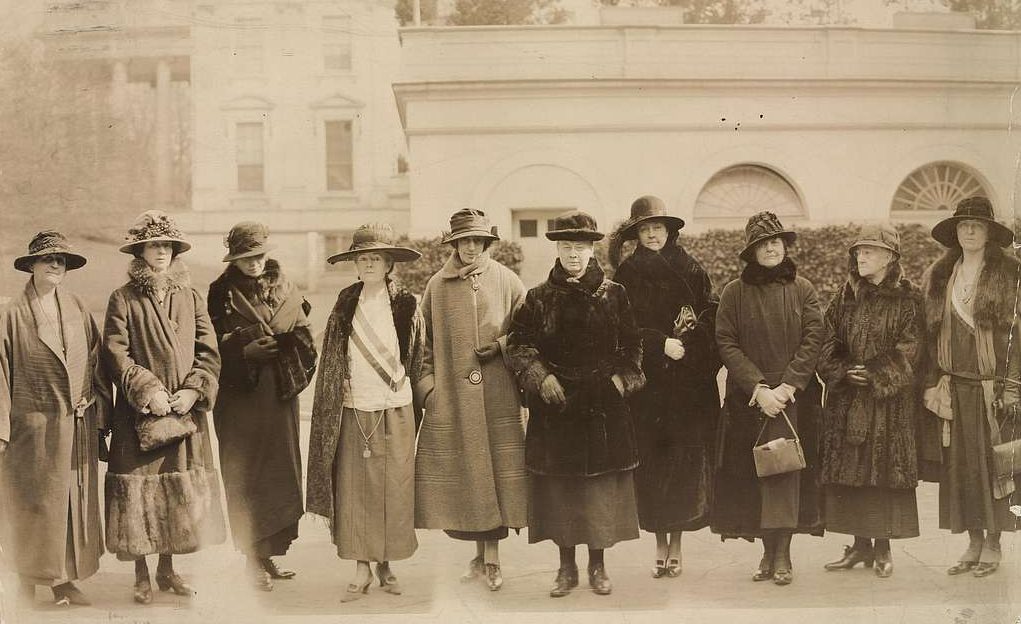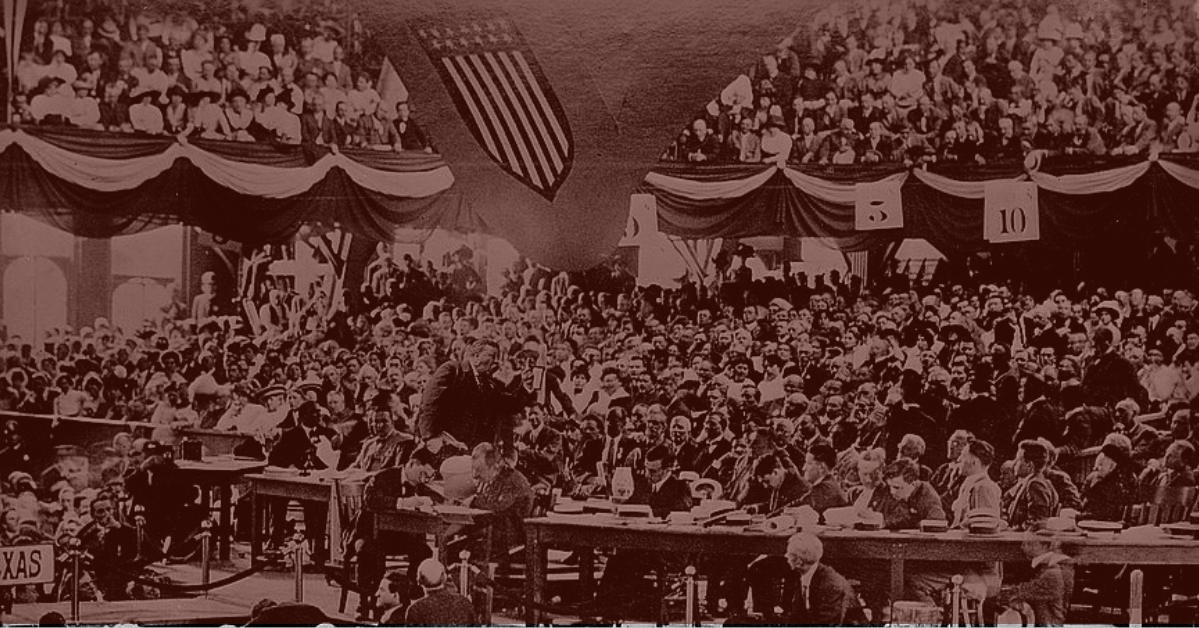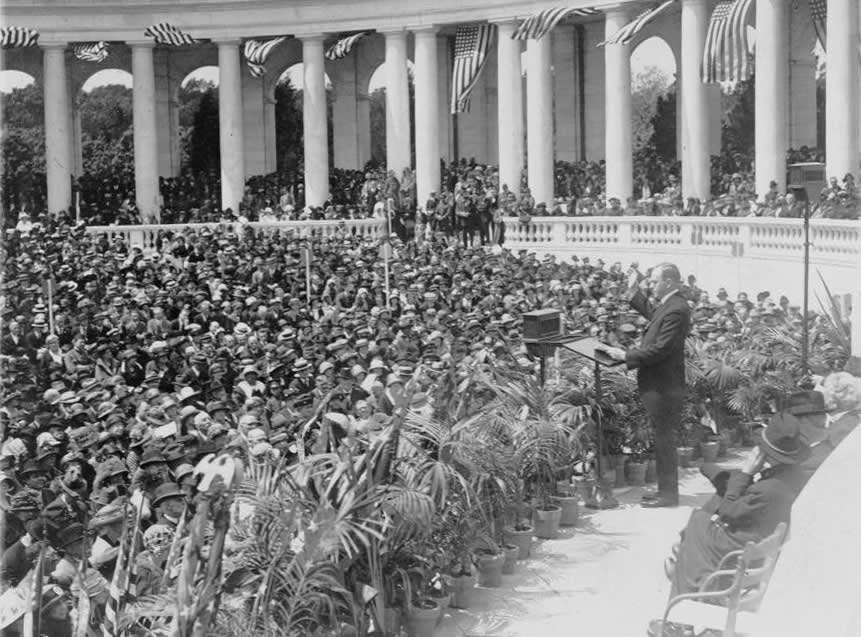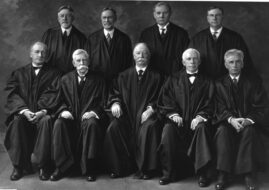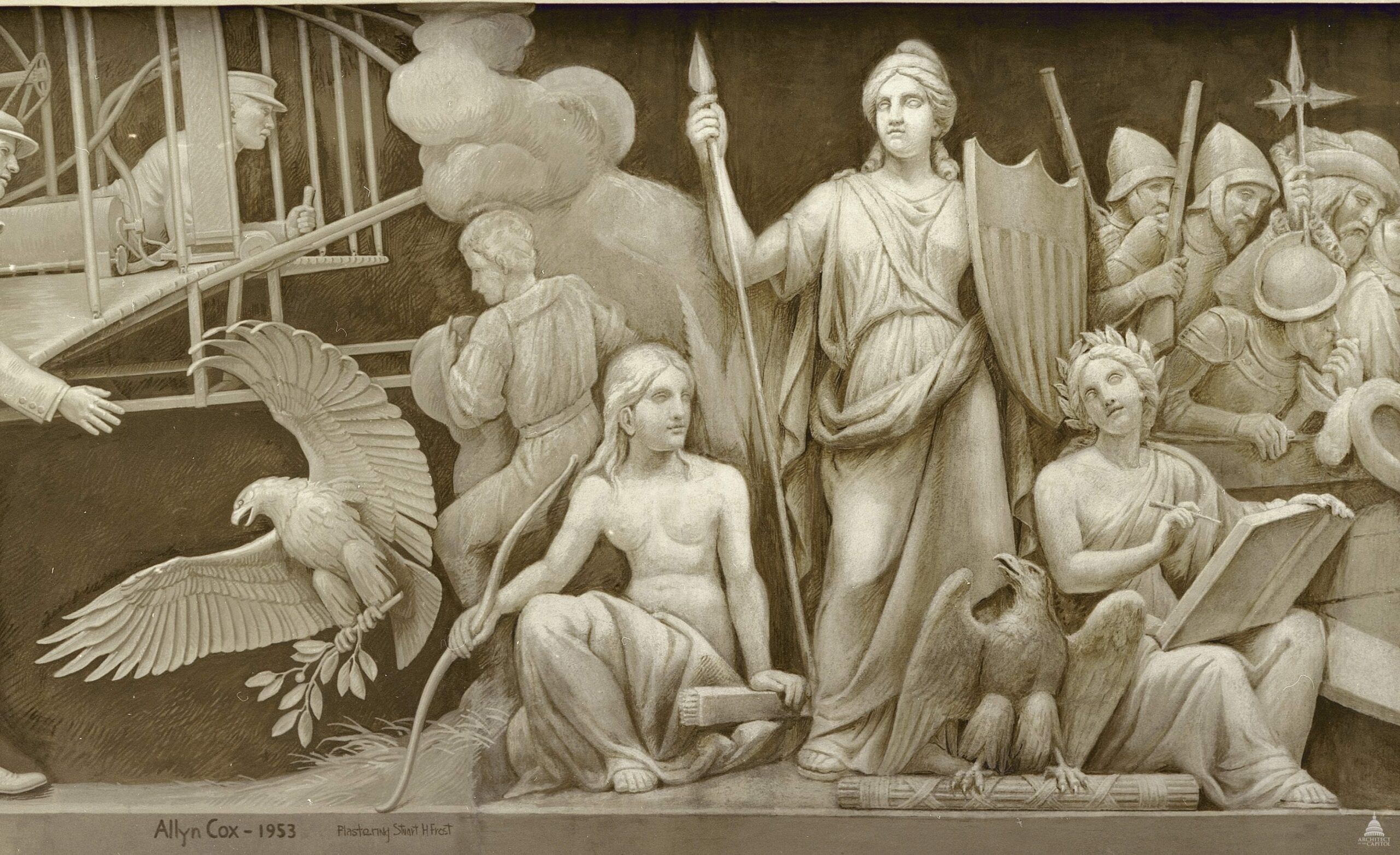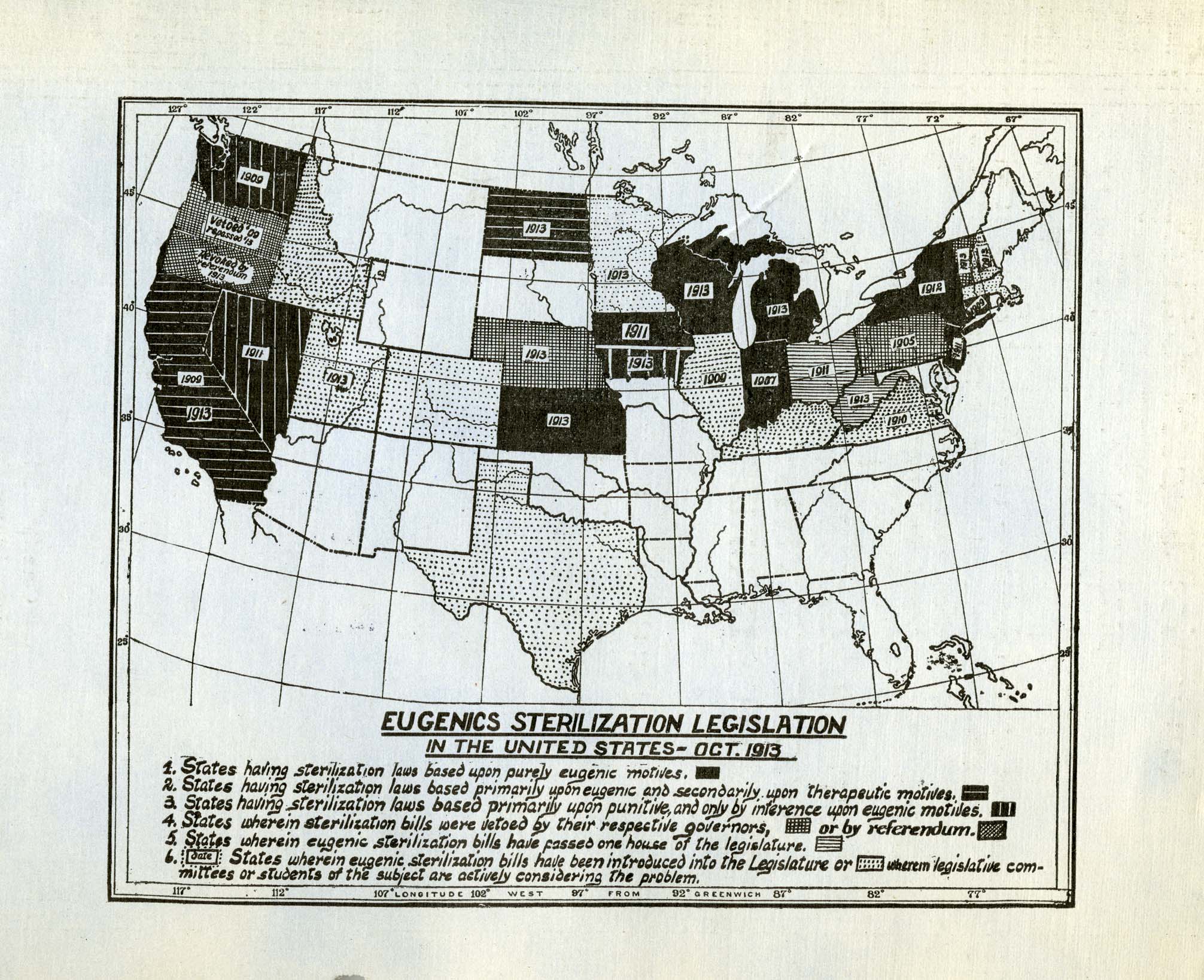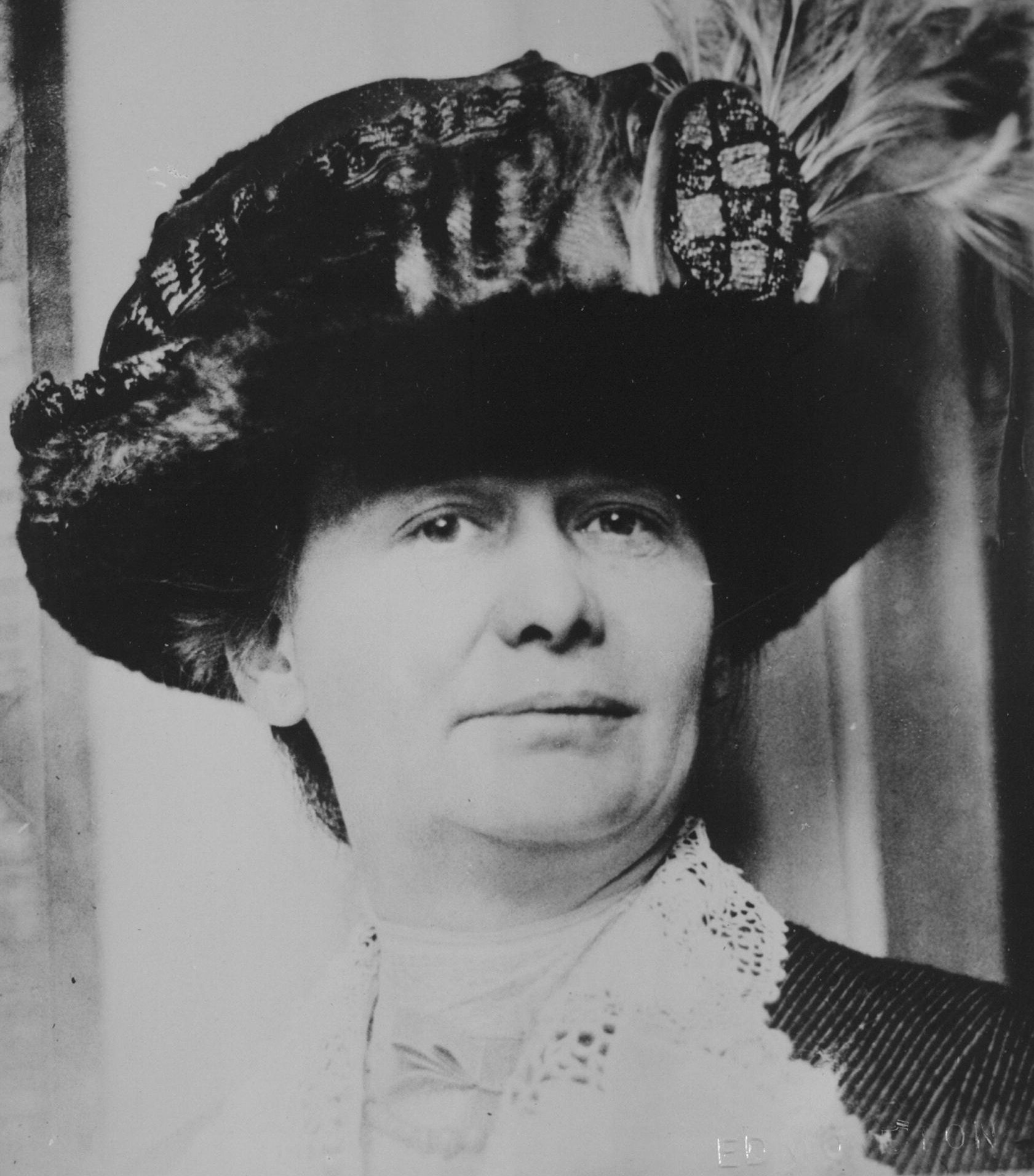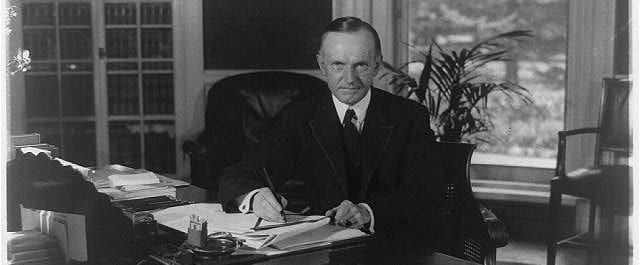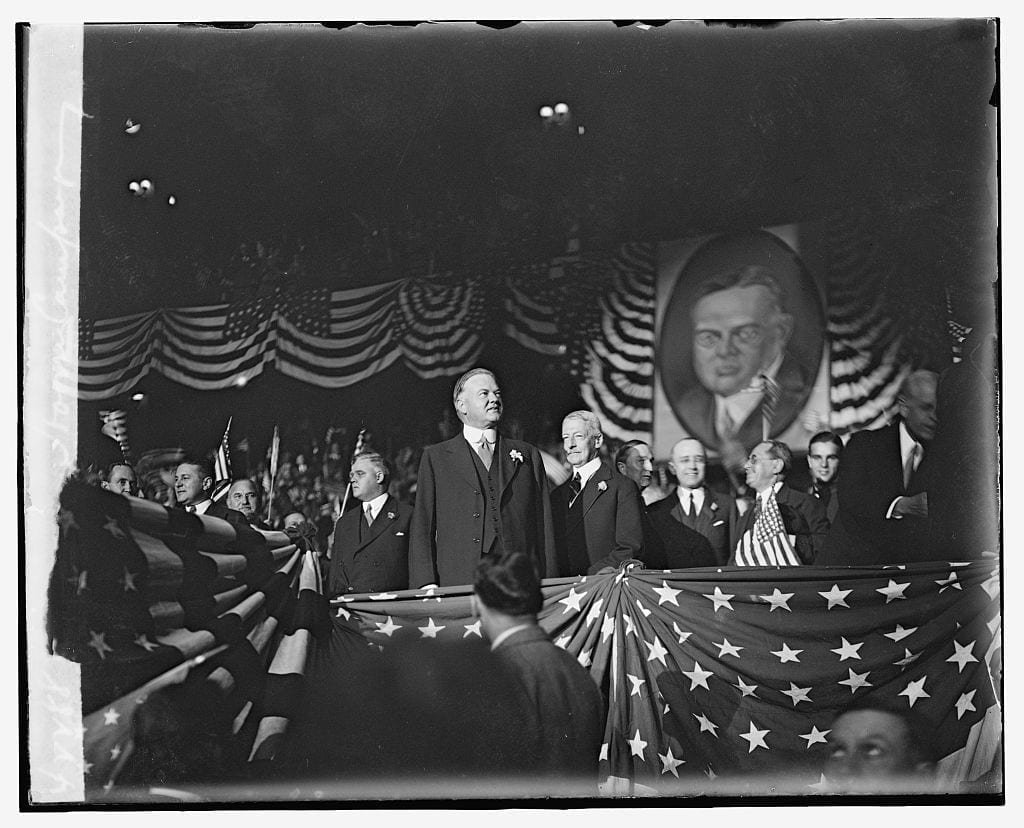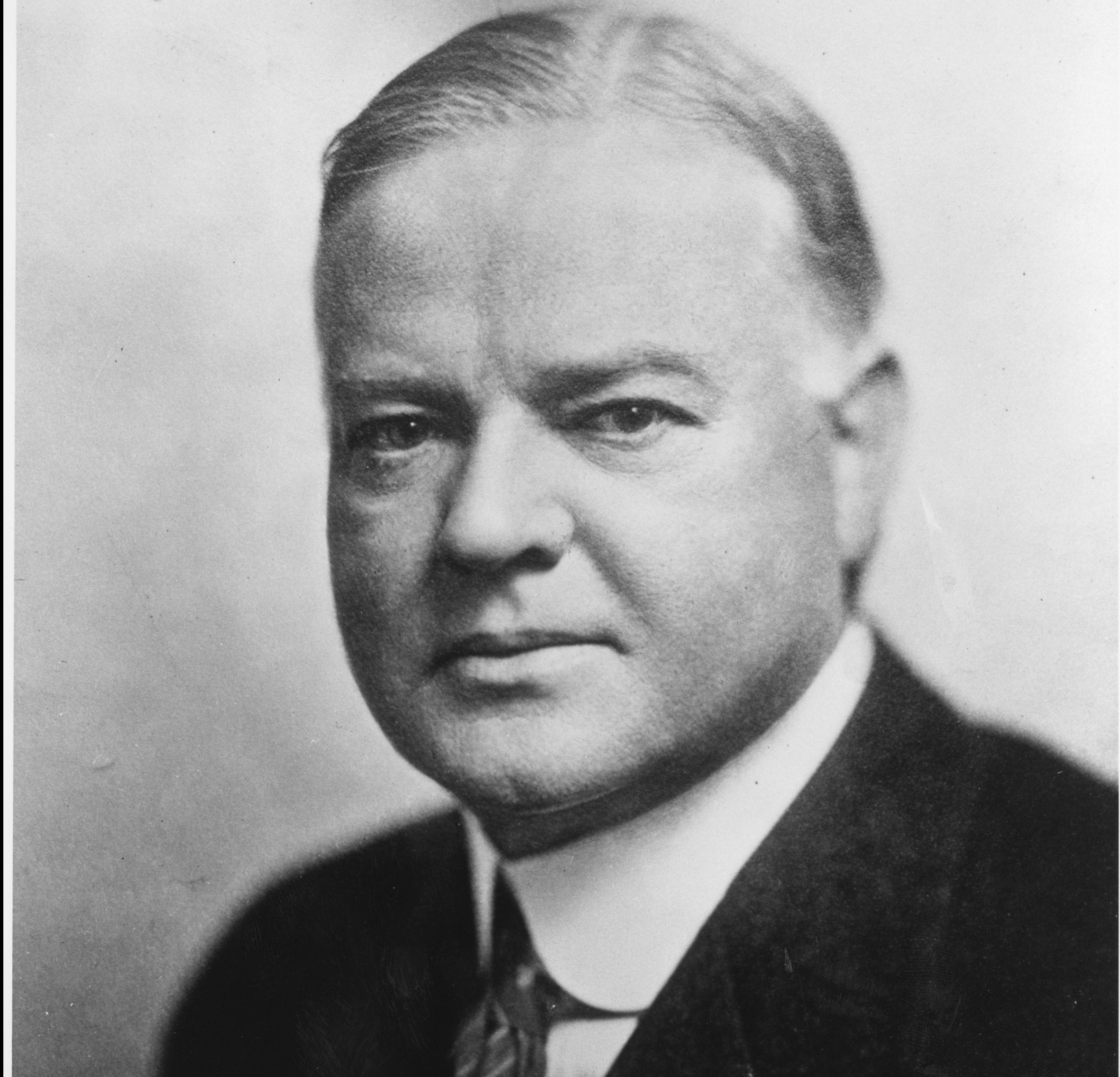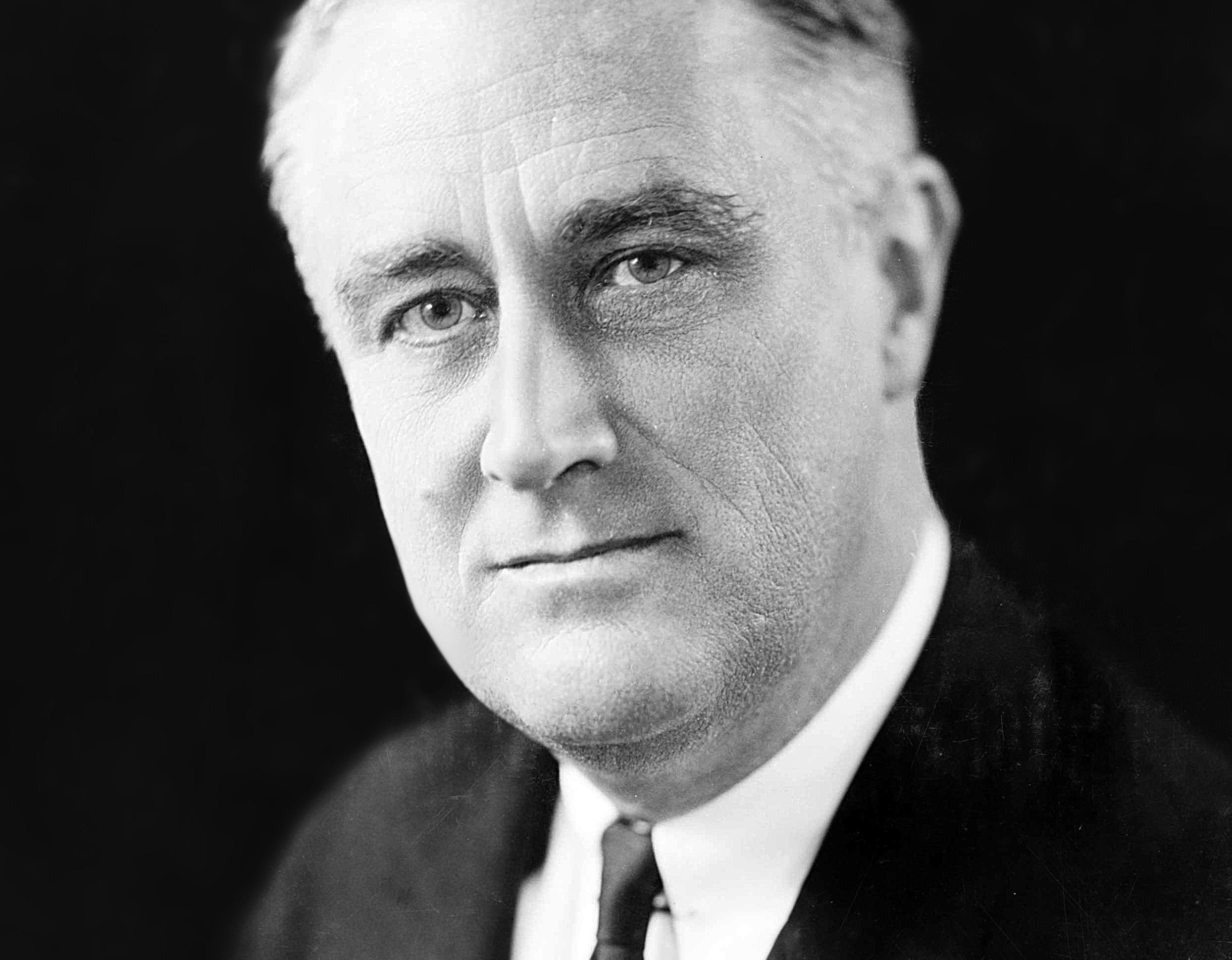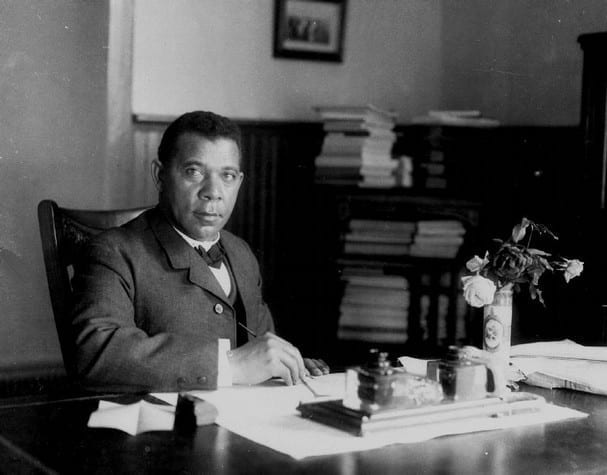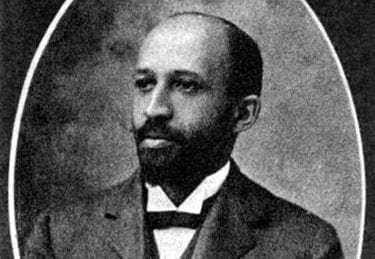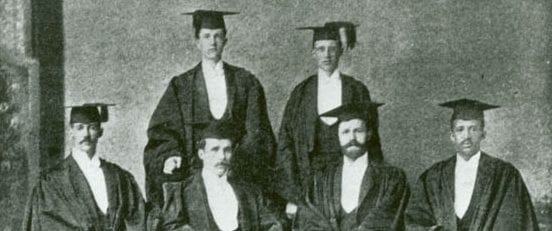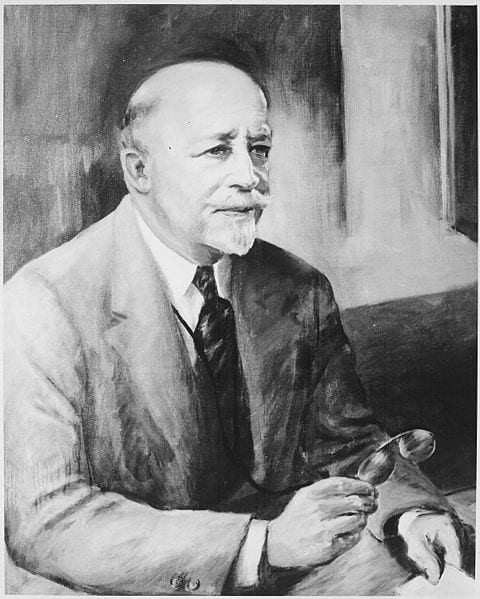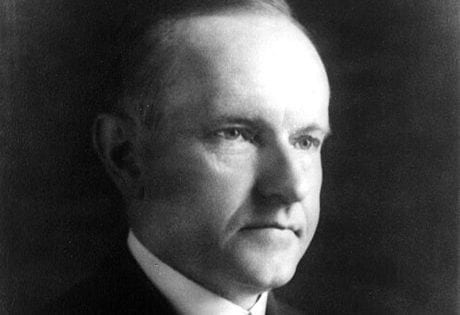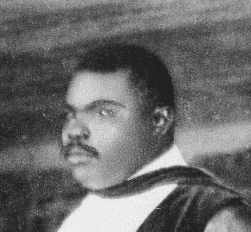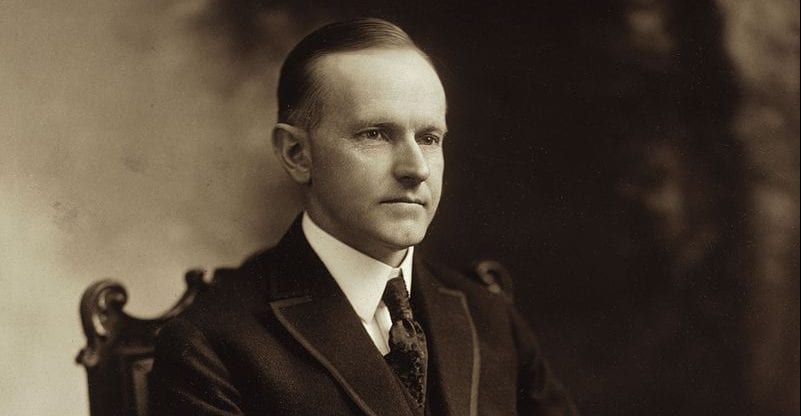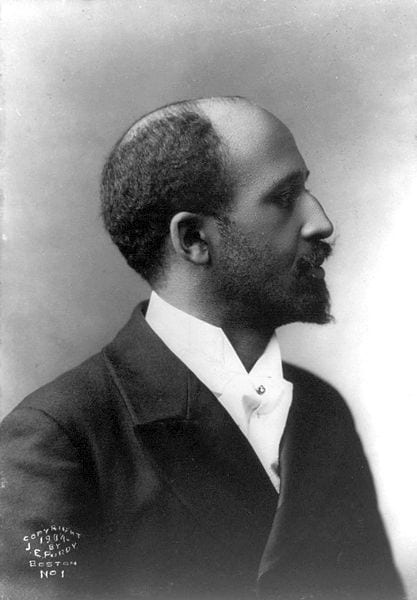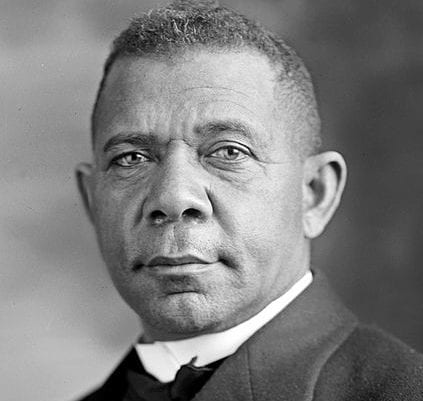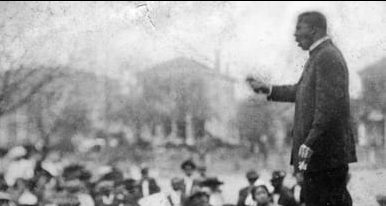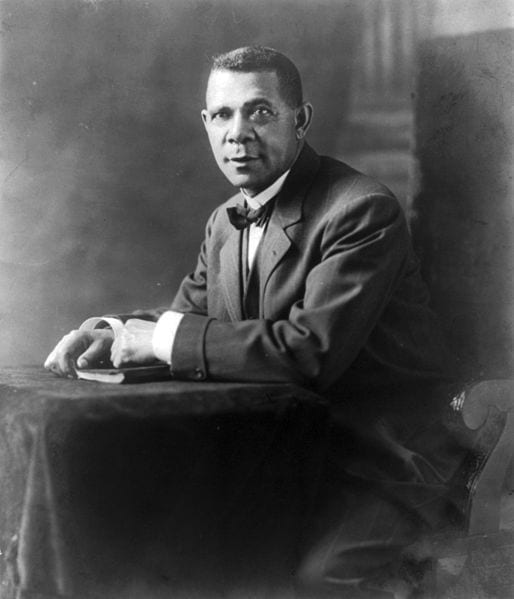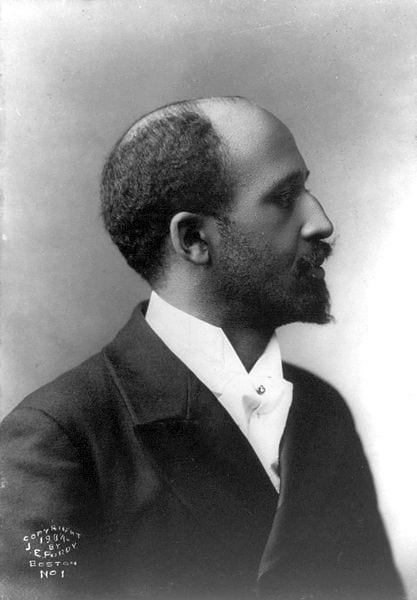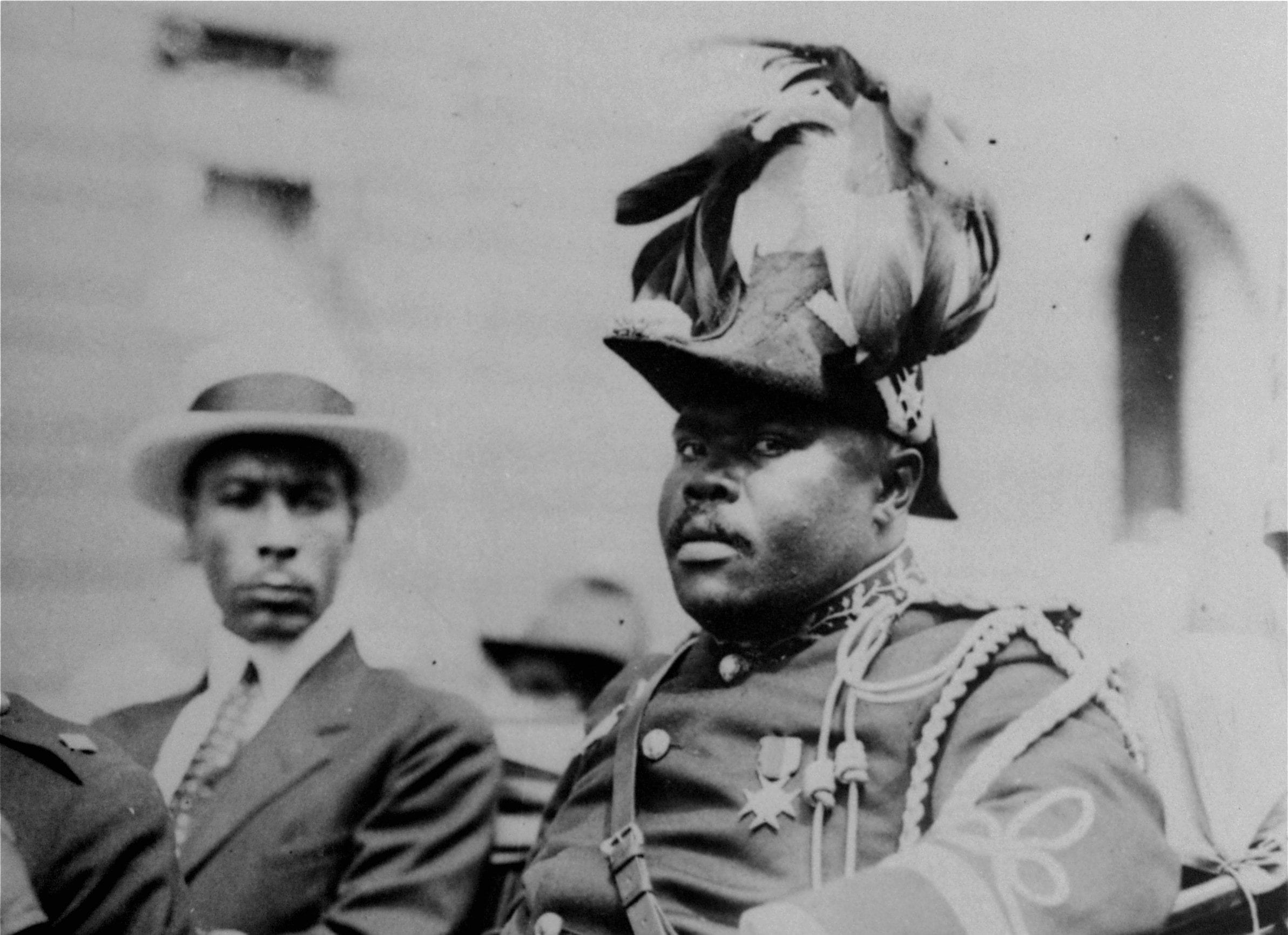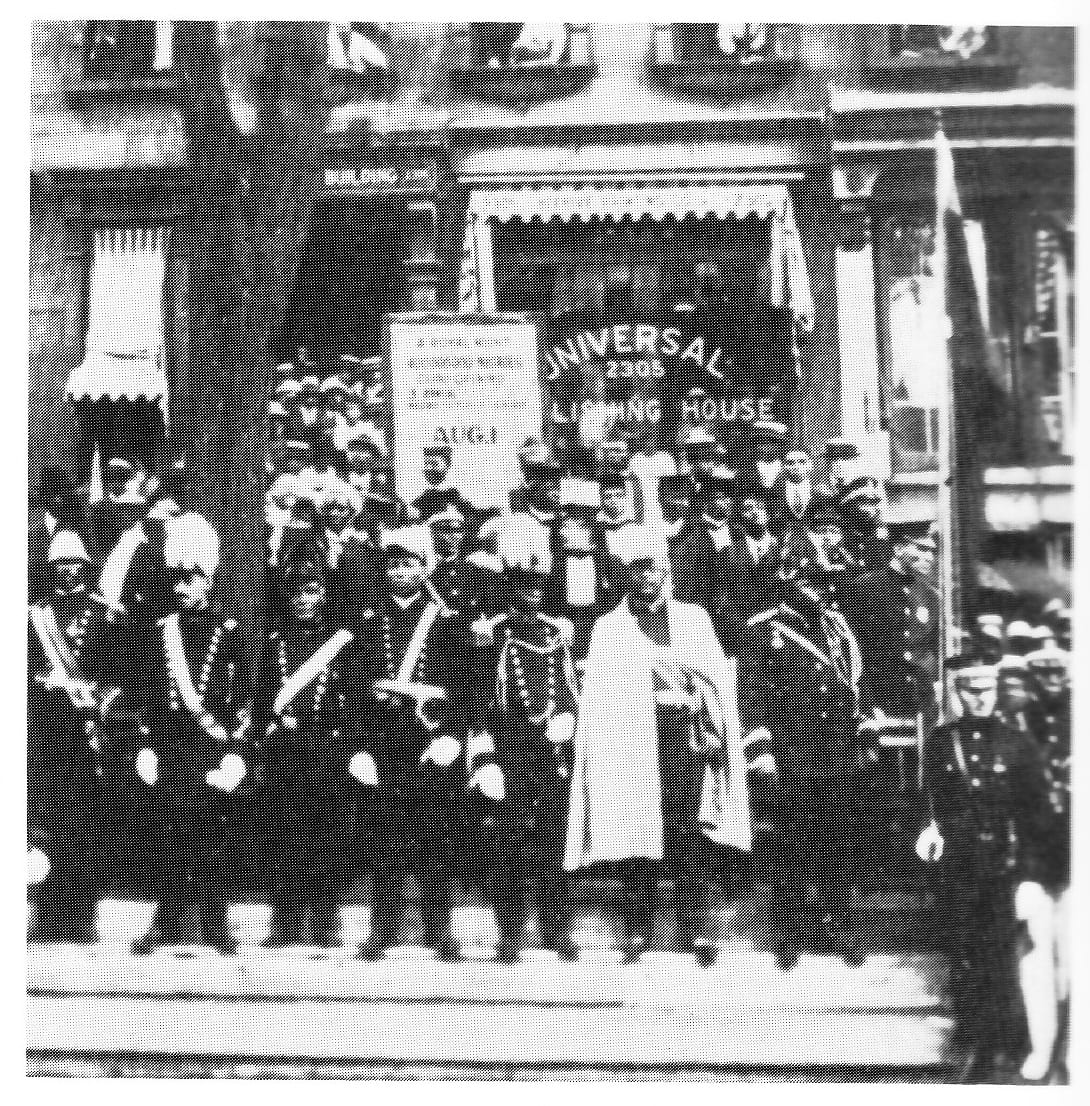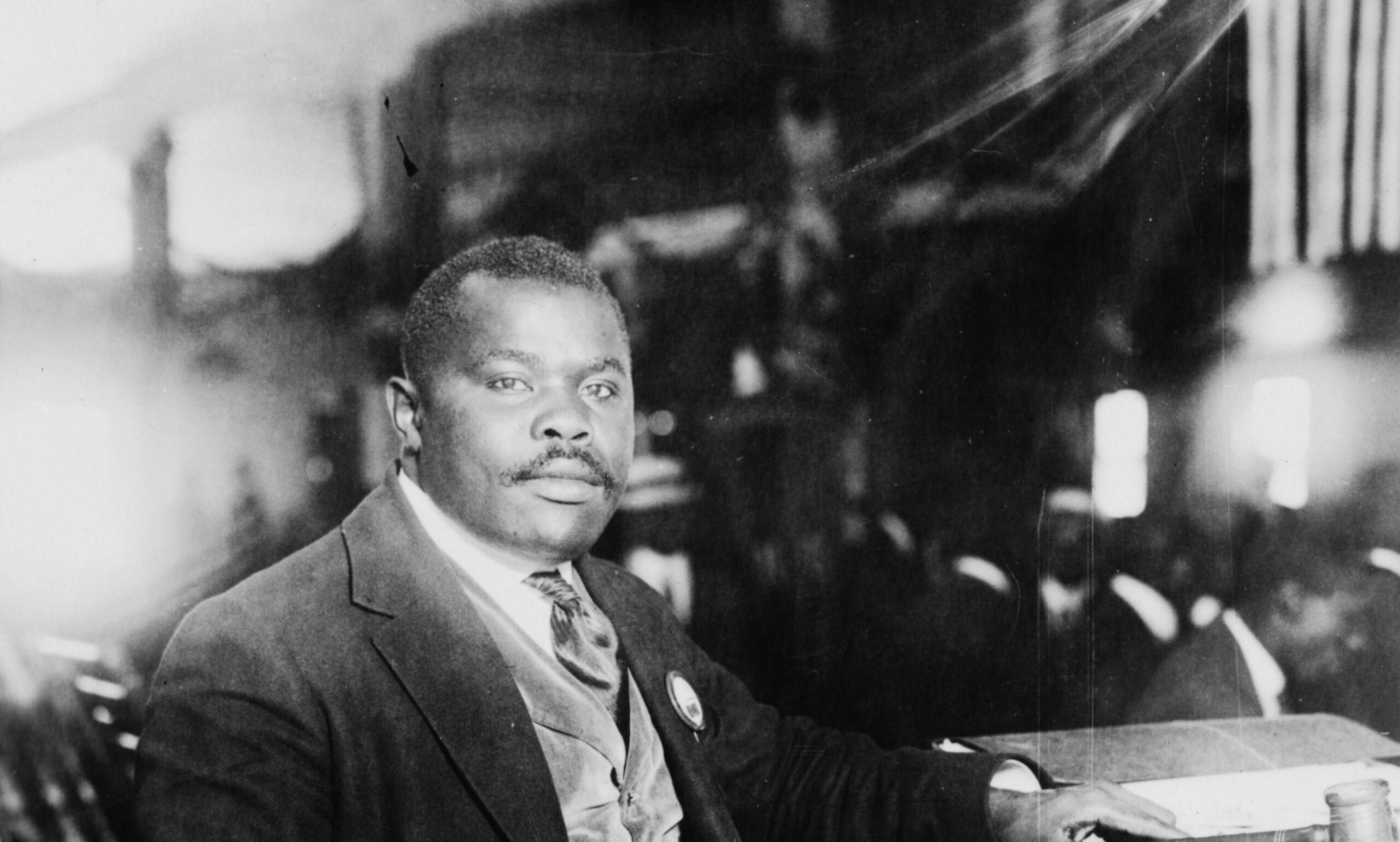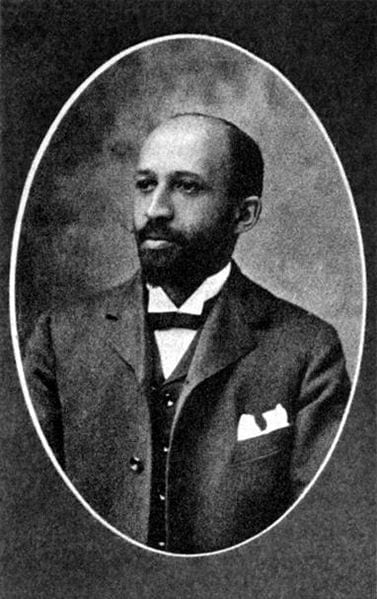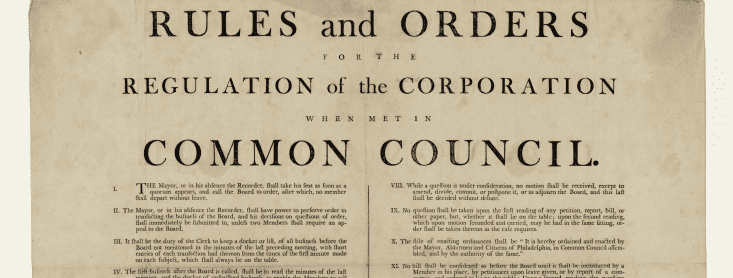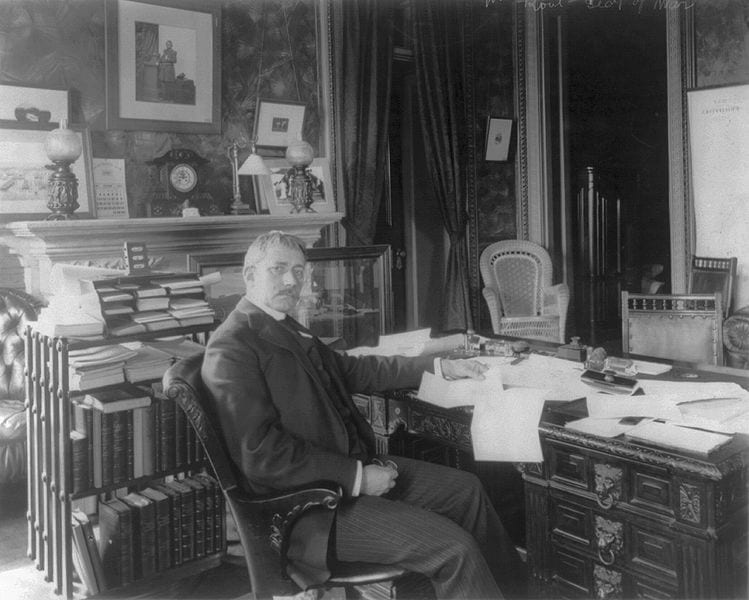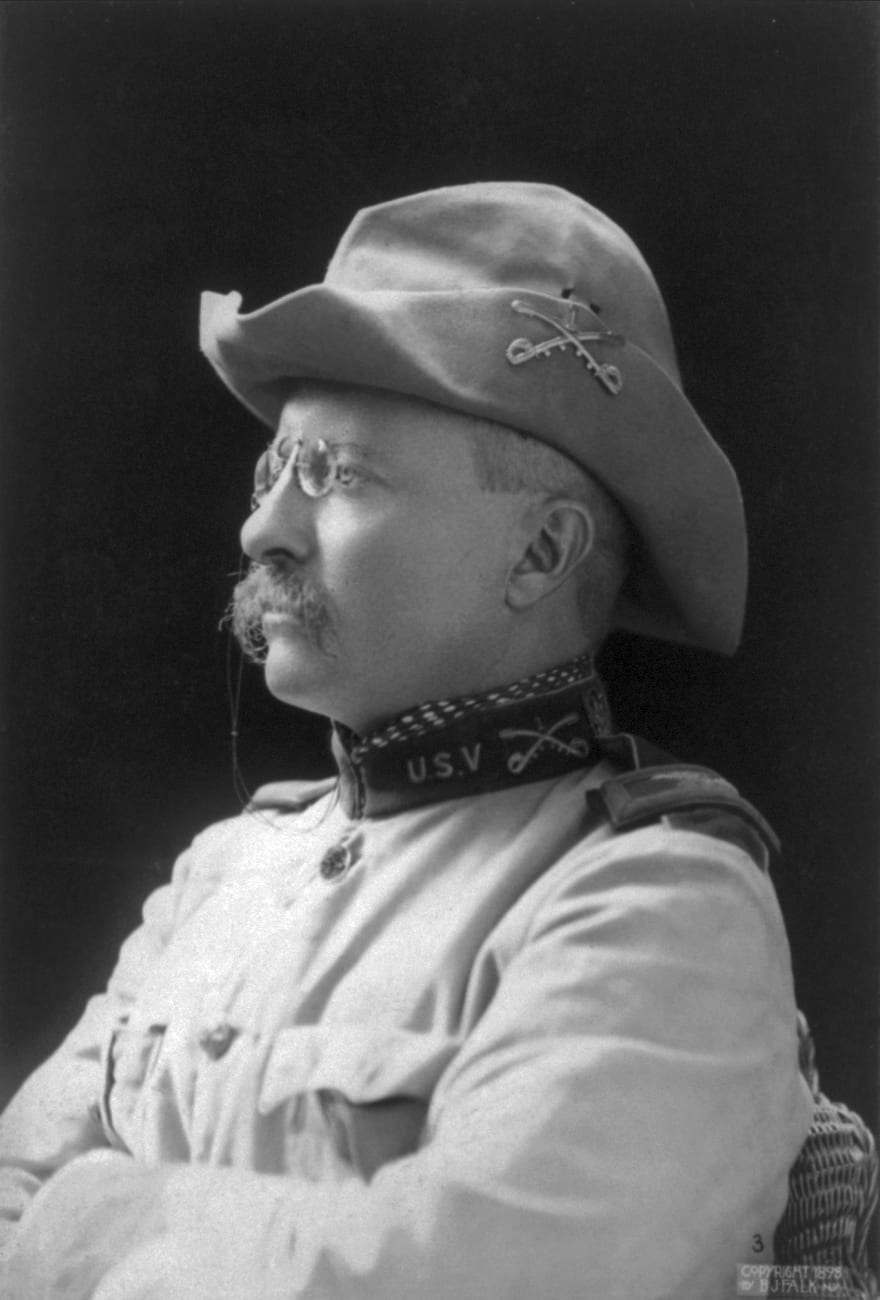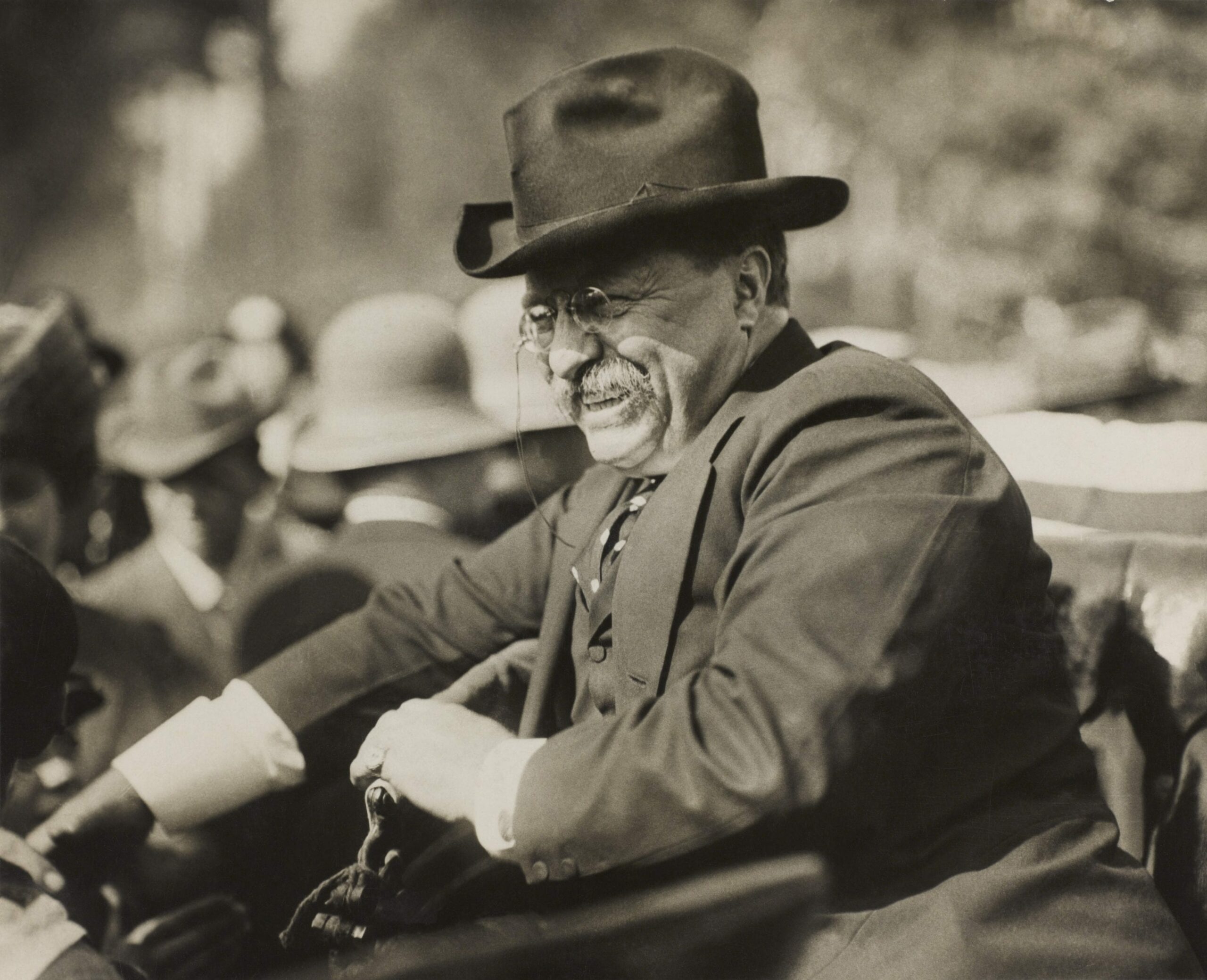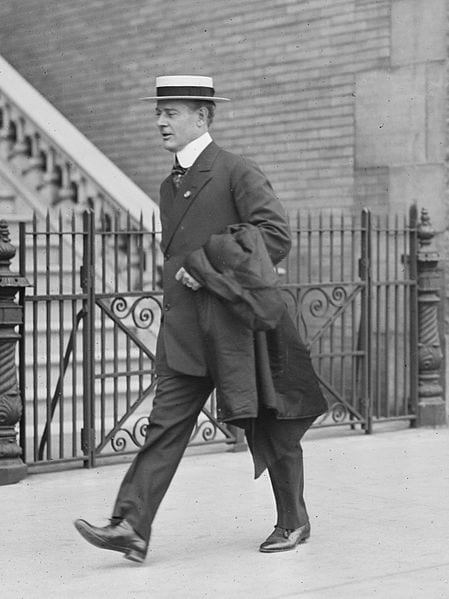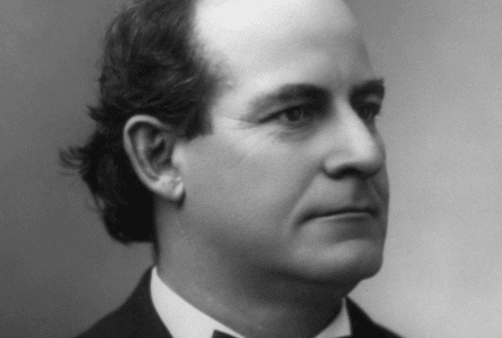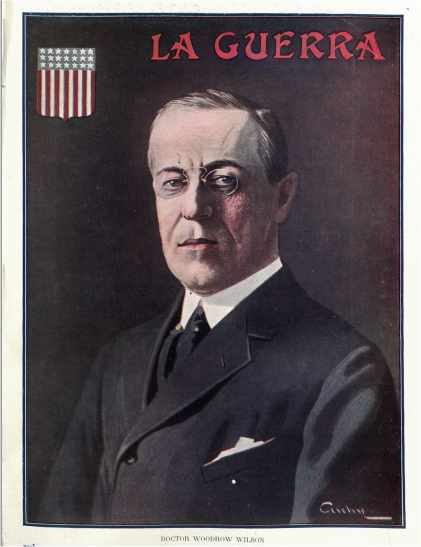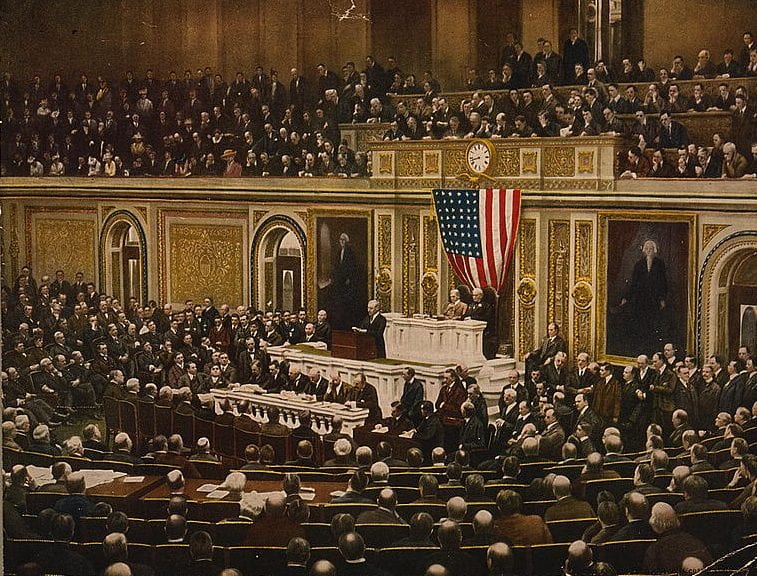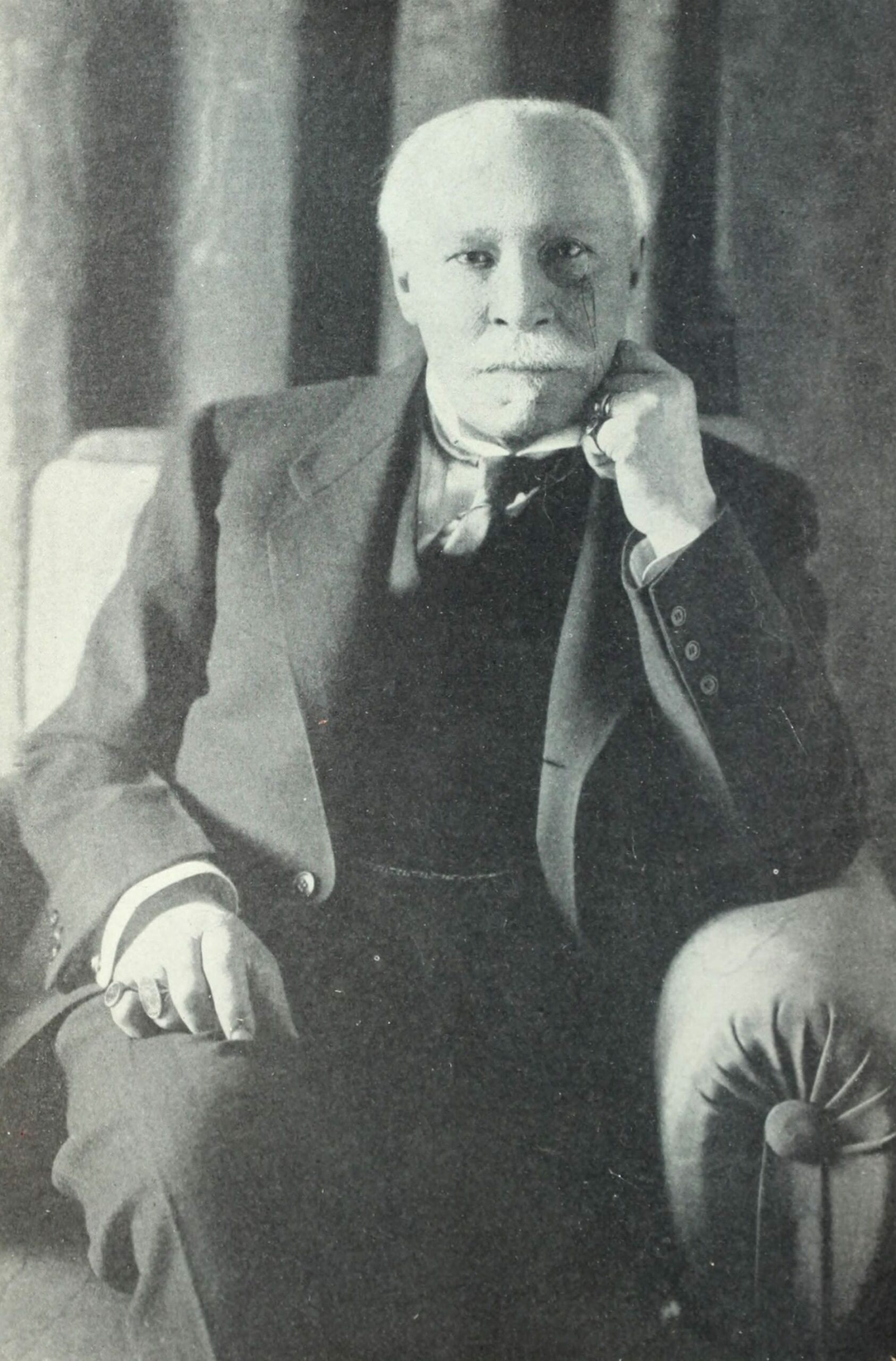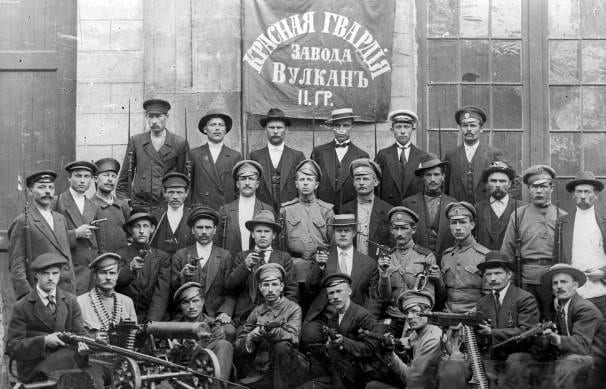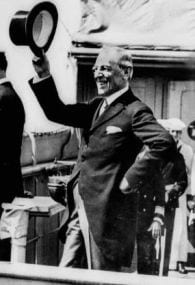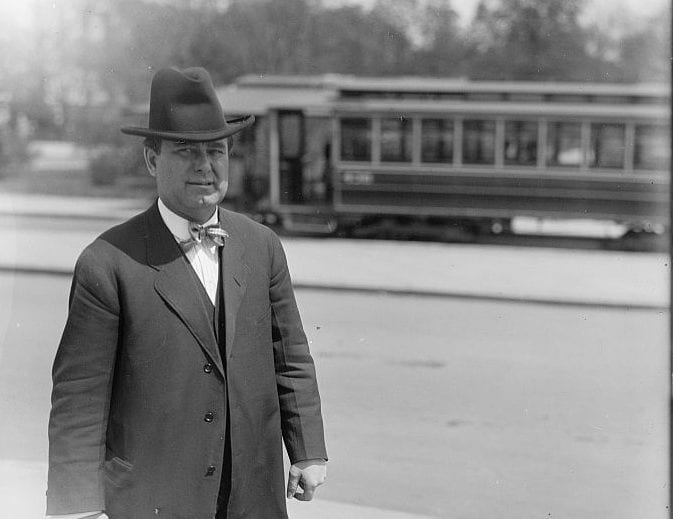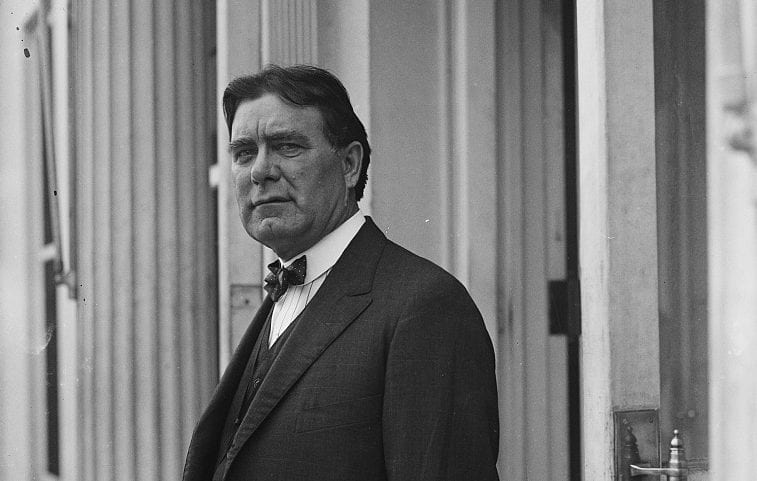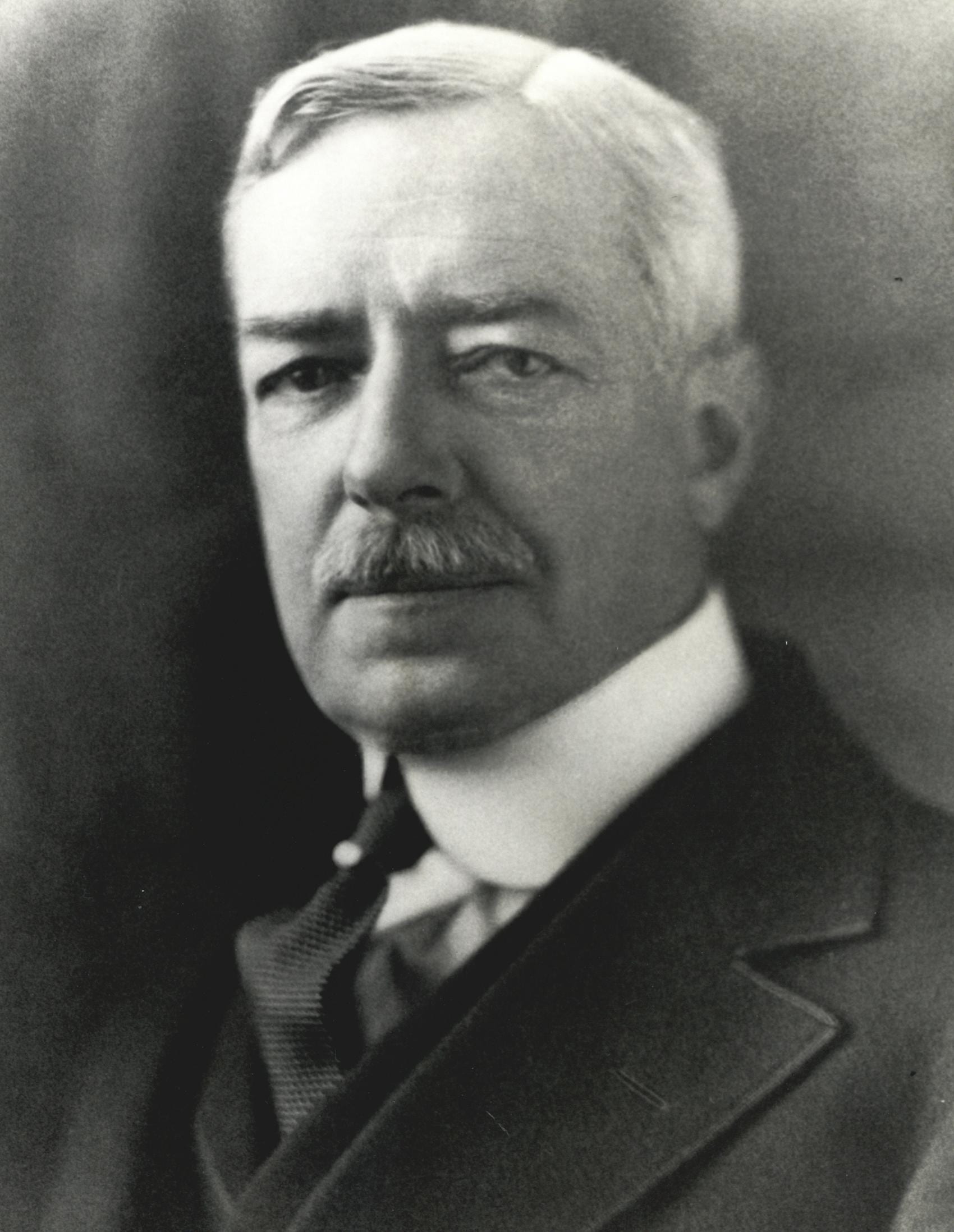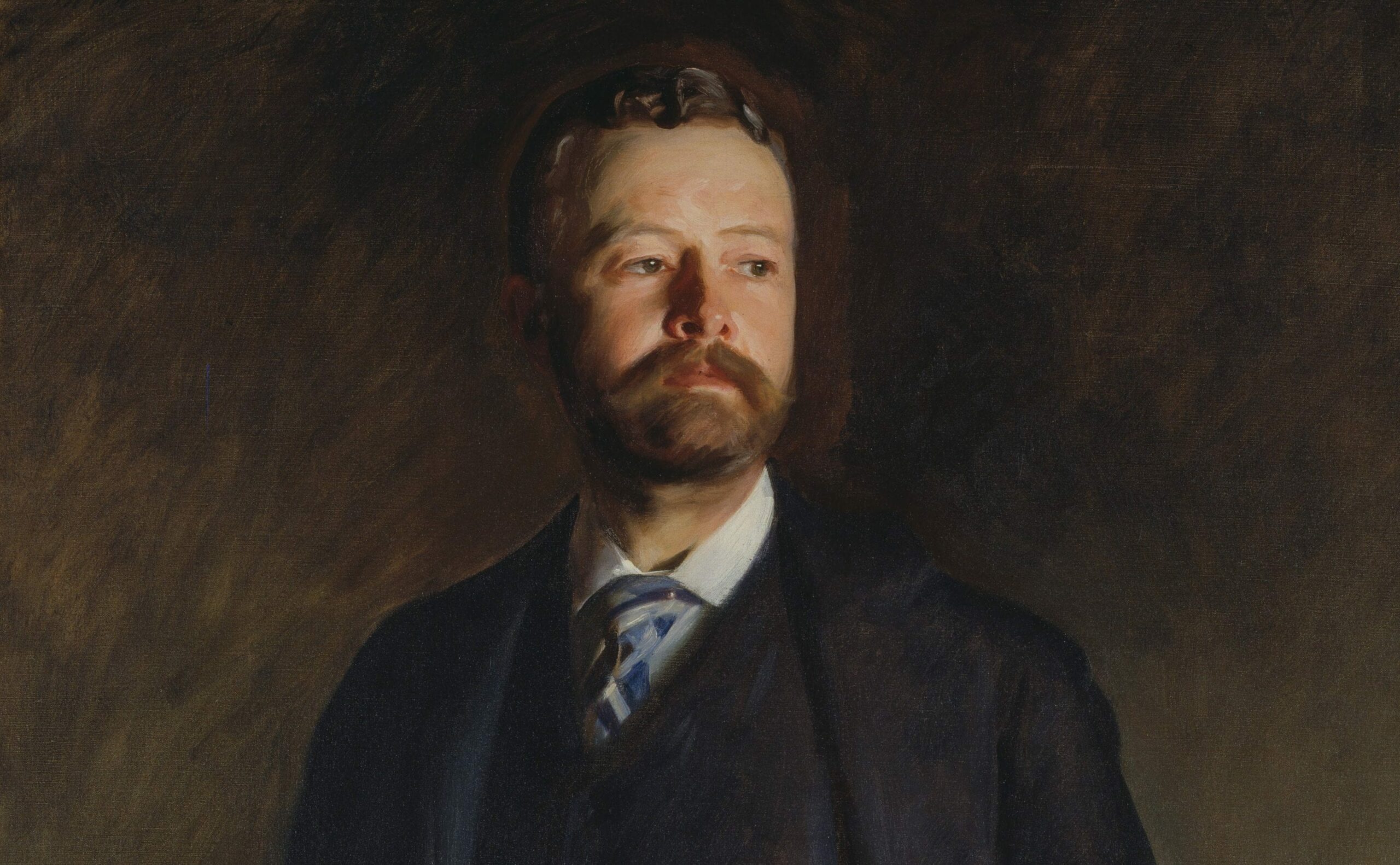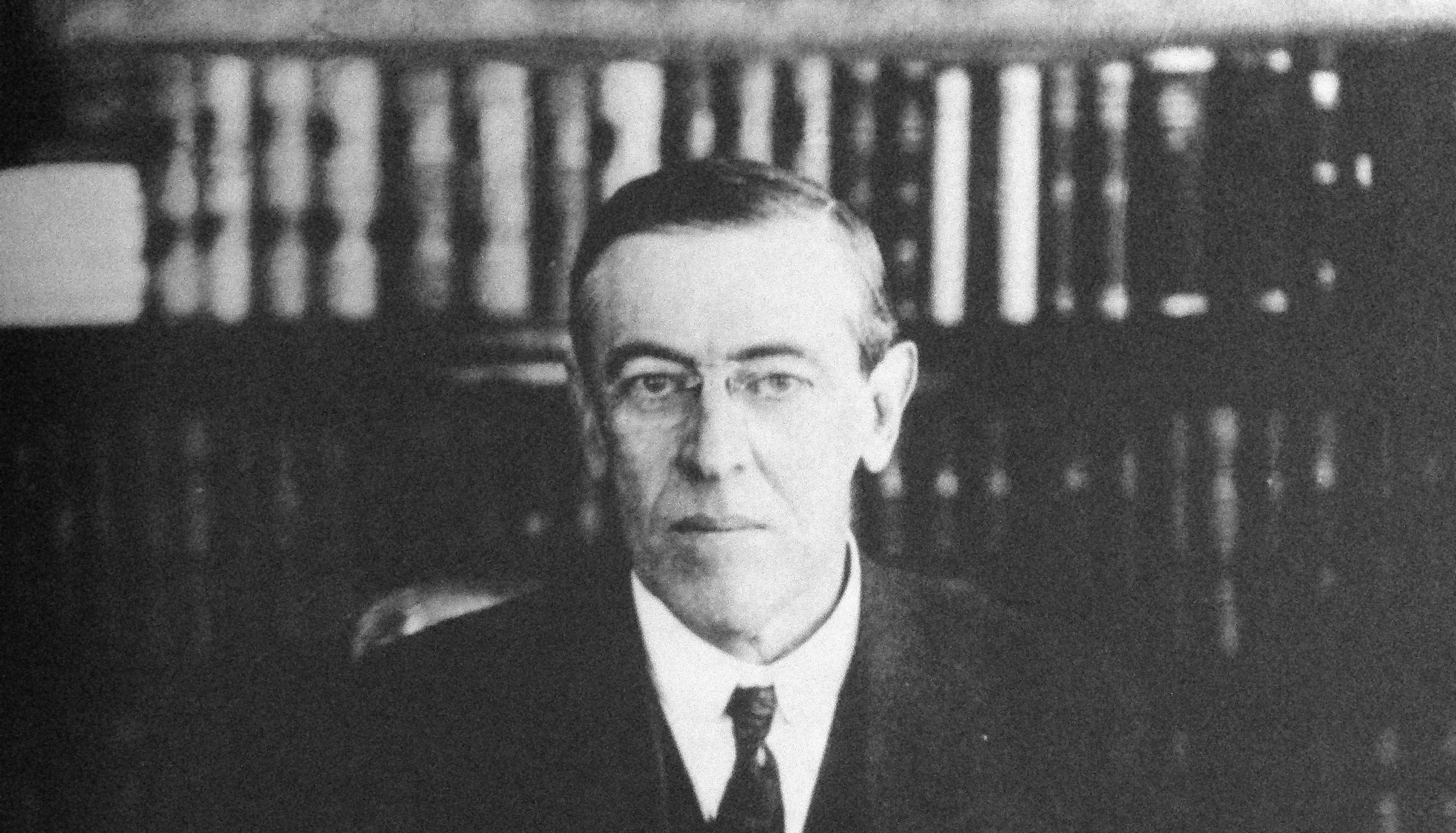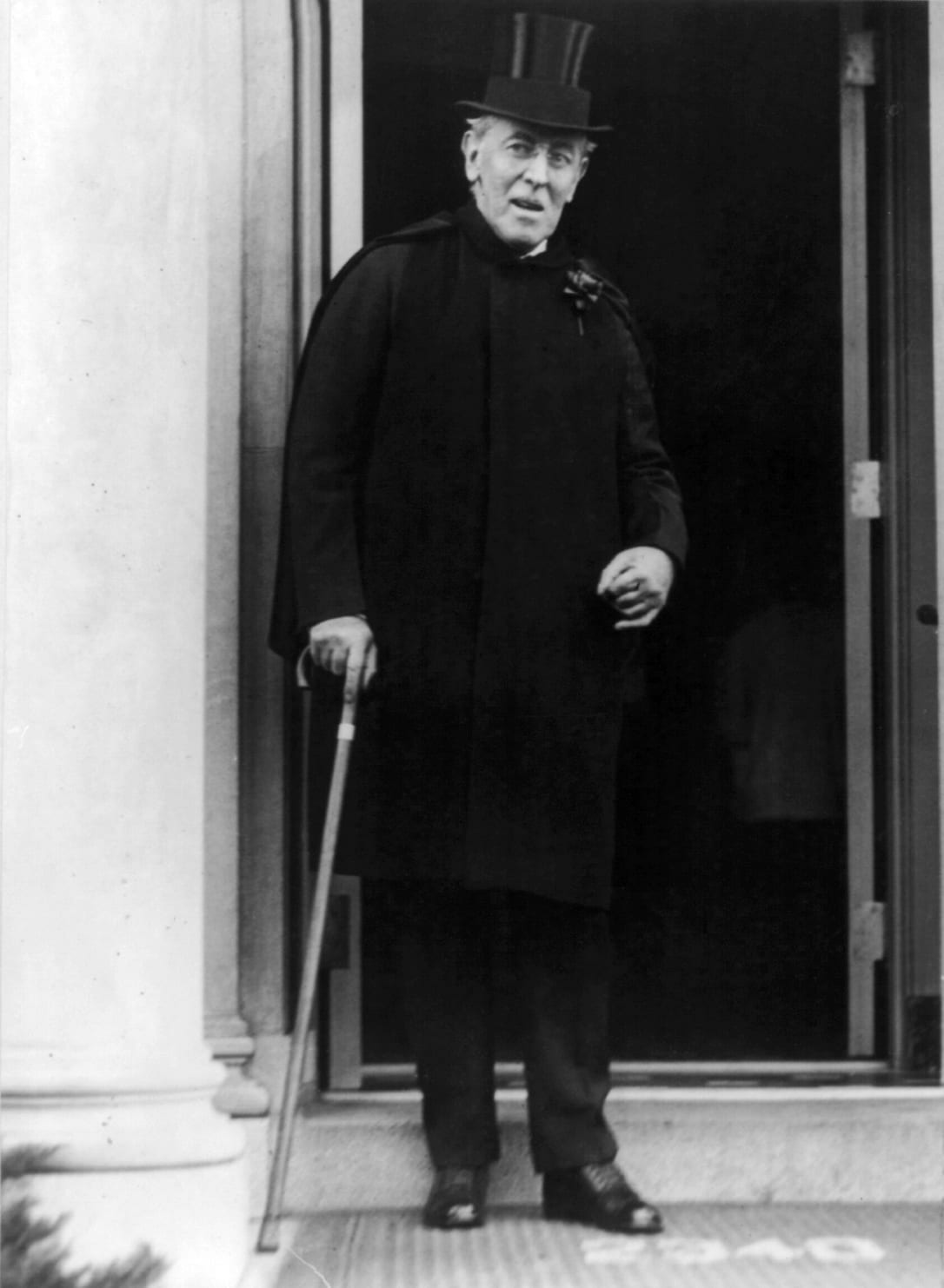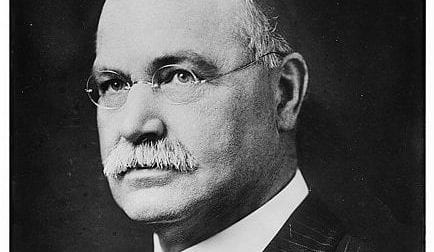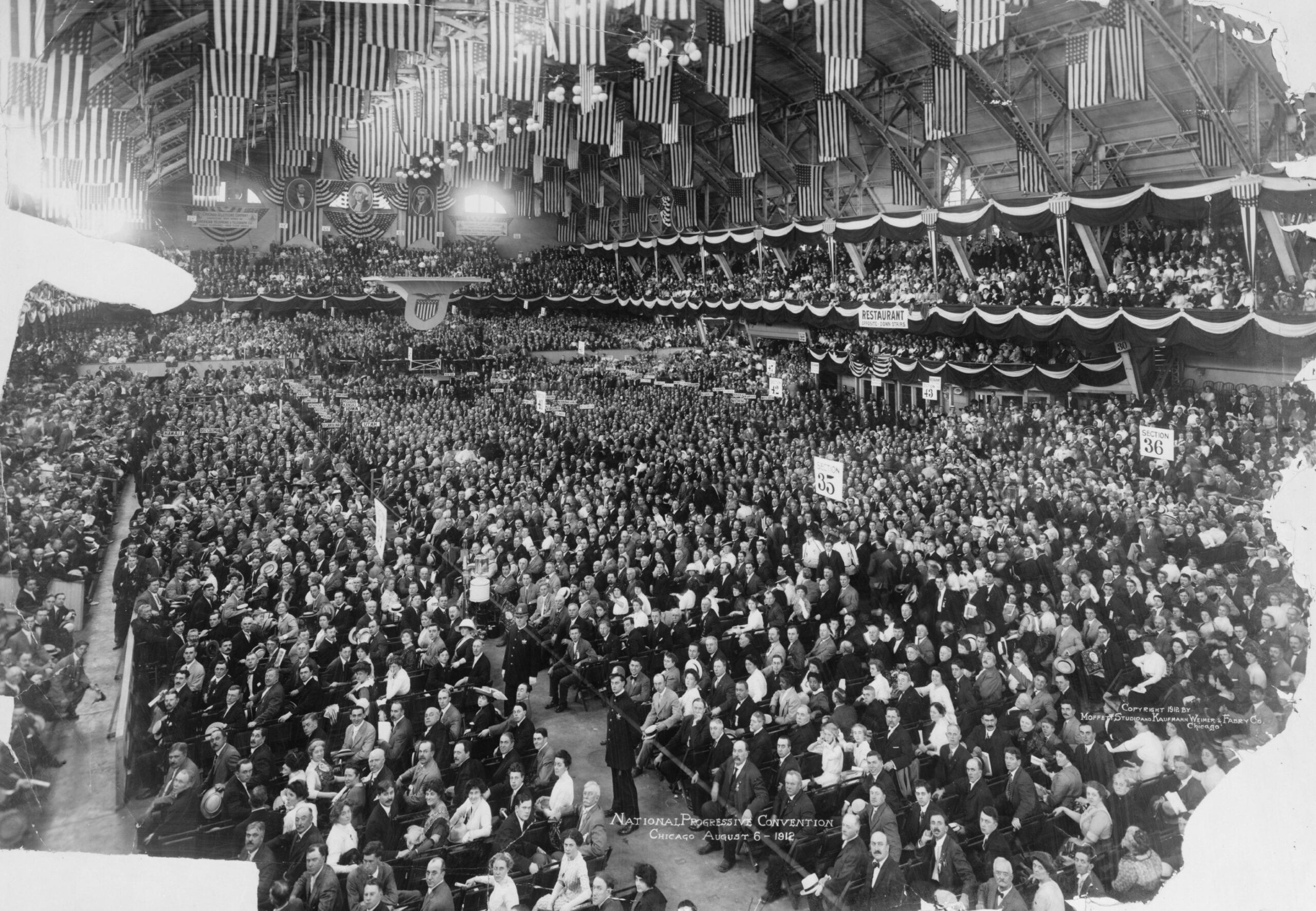

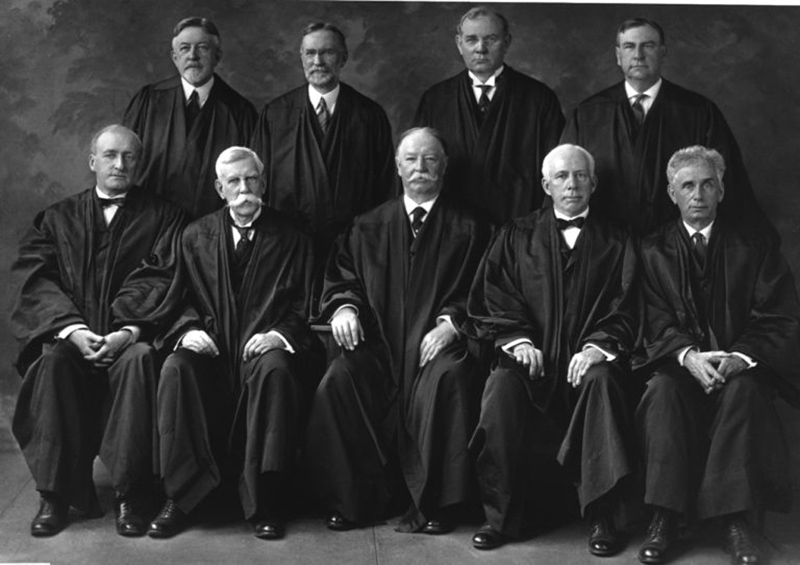
No related resources
Introduction
The Postmaster Act, a remnant of the Office in Tenure Act of 1867, provided that postmasters of the first, second, and third classes would be appointed and could be removed by the president with the advice and consent of the Senate. Without seeking such approval from the Senate, Woodrow Wilson removed Postmaster Frank Myers of Oregon. Myers sued in federal court to recover his lost salary, arguing that his removal by the president was unlawful. The Court was therefore confronted with the question of whether Congress could restrict the president’s removal of his subordinate executive officers. Taft’s opinion in Myers remains one of the landmark decisions on the removal power.
In his opinion Taft surveyed the entire history of the removal power debate from the First Congress in 1789 through the late nineteenth century. In the end, Taft sided with the president’s unrestricted authority to remove subordinate branch officials. His argument rested primarily on the vesting clause of the Constitution: “[the] executive power shall be vested in a President of the United States” (Article II, section 1). Because the appointment and removal powers are inherently executive, the Senate’s role in advising and consenting to appointments should be read as an explicit restriction on the executive’s power over subordinate officers. “The power to remove,” Taft wrote, “ follows from the power to appoint, not to advise and consent.” For Taft, any congressional restriction on the president’s power to appoint would undermine his ability to “discharge his own constitutional duty of seeing that the laws be faithfully executed.”
Myers v. United States, 272 U.S. 52 (1926), https://supreme.justia.com/cases/federal/us/272/52/.
Mr. Chief Justice Taft delivered the opinion of the Court.
This case presents the question whether under the Constitution the president has the exclusive power of removing executive officers of the United States whom he has appointed by and with the advice and consent of the Senate. . . .
The question where the power of removal of executive officers appointed by the president by and with the advice and consent of the Senate was vested, was presented early in the first session of the First Congress.
In the House of Representatives of the First Congress, on Tuesday, May 18, 1789, Mr. Madison moved in the committee of the whole that there should be established three executive departments, one of Foreign Affairs, another of the Treasury, and a third of War, at the head of each of which there should be a secretary, to be appointed by the president by and with the advice and consent of the Senate, and to be removable by the president.1 The committee agreed to the establishment of a Department of Foreign Affairs, but a discussion ensued as to making the secretary removable by the president. . . .
It is very clear from this history that the exact question which the House voted upon was whether it should recognize and declare the power of the president under the Constitution to remove the secretary of foreign affairs without the advice and consent of the Senate. That was what the vote was taken for. Some effort has been made to question whether the decision carries the result claimed for it, but there is not the slightest doubt after an examination of the record, that the vote was, and was intended to be, a legislative declaration that the power to remove officers appointed by the president and the Senate vested in the president alone. . . .
Mr. Madison insisted that Article 2 by vesting the executive power in the president was intended to grant to him the power of appointment and removal of executive officers except as thereafter expressly provided in that article. He pointed out that one of the chief purposes of the convention was to separate the legislative from the executive functions. He said:
If there is a principle in our Constitution, indeed in any free Constitution more sacred than another, it is that which separates the legislative, executive, and judicial powers. If there is any point in which the separation of the legislative and executive powers ought to be maintained with great caution, it is that which relates to officers and offices.2
Their union under the Confederation had not worked well, as the members of the convention knew. Montesquieu’s view that the maintenance of independence, as between the legislative, the executive, and the judicial branches, was a security for the people had their full approval.3
Accordingly the Constitution was so framed as to vest in the Congress all legislative powers therein granted, to vest in the president the executive power, and to vest in one Supreme Court and such inferior courts as Congress might establish the judicial power. From this division on principle, the reasonable construction of the Constitution must be that the branches should be kept separate in all cases in which they were not expressly blended, and the Constitution should be expounded to blend them no more than it affirmatively requires. . . .
The vesting of the executive power in the president was essentially a grant of the power to execute the laws. But the president alone and unaided could not execute the laws. He must execute them by the assistance of subordinates. . . .As he is charged specifically to take care that they be faithfully executed, the reasonable implication, even in the absence of express words, was that as part of his executive power he should select those who were to act for him under his direction in the execution of the laws. . . .
The requirement of the second section of Article 2 that the Senate should advise and consent to the presidential appointments, was to be strictly construed. The words of section 2, following the general grant of executive power under section 1, were either an enumeration and emphasis of specific functions of the executive, not all inclusive, or were limitations upon the general grant of the executive power, and as such, being limitations, should not be enlarged beyond the words used. The executive power was given in general terms strengthened by specific terms where emphasis was regarded as appropriate, and was limited by direct expressions where limitation was needed, and the fact that no express limit was placed on the power of removal by the executive was convincing indication that none was intended. . . .
Second. The view of Mr. Madison and his associates was that not only did the grant of executive power to the president in the first section of Article 2 carry with it the power of removal, but the express recognition of the power of appointment in the second section enforced this view on the well-approved principle of constitutional and statutory construction that the power of removal of executive officers was incident to the power of appointment. . . . The reason for the principle is that those in charge of and responsible for administering functions of government, who select their executive subordinates, need in meeting their responsibility to have the power to remove those whom they appoint. . . .
Third. Another argument urged against the constitutional power of the president alone to remove executive officers appointed by him with the consent of the Senate is that, in the absence of an express power of removal granted to the president, power to make provision for removal of all such officers is vested in the Congress by section 8 of Article 1. . . .
The constitutional construction that excludes Congress from legislative power to provide for the removal of superior officers finds support in the second section of Article 2. By it the appointment of all officers, whether superior or inferior, by the president is declared to be subject to the advice and consent of the Senate. In the absence of any specific provision to the contrary, the power of appointment to executive office carries with it, as a necessary incident, the power of removal. . . .
A reference of the whole power of removal to general legislation by Congress is quite out of keeping with the plan of government devised by the framers of the Constitution. It could never have been intended to leave to Congress unlimited discretion to vary fundamentally the operation of the great independent executive branch of government and thus most seriously to weaken it. It would be a delegation by the convention to Congress of the function of defining the primary boundaries of another of the three great divisions of government. . . .
Fourth. Mr. Madison and his associates pointed out with great force the unreasonable character of the view that the convention intended, without express provision, to give to Congress or the Senate, in case of political or other differences, the means of thwarting the executive in the exercise of his great powers and in the bearing of his great responsibility by fastening upon him, as subordinate executive officers, men who by their inefficient service under him, by their lack of loyalty to the service, or by their different views of policy might make his taking care that the laws be faithfully executed most difficult or impossible.
As Mr. Madison said in the debate in the First Congress:
Vest this power in the Senate jointly with the president, and you abolish at once that great principle of unity and responsibility in the executive department, which was intended for the security of liberty and the public good. If the president should possess alone the power of removal from office, those who are employed in the execution of the law will be in their proper situation, and the chain of dependence be preserved; the lowest officers, the middle grade, and the highest will depend, as they ought, on the president, and the president on the community.4…
Made responsible under the Constitution for the effective enforcement of the law, the president needs as an indispensable aid to meet it the disciplinary influence upon those who act under him of a reserve power of removal. But it is contended that executive officers appointed by the president with the consent of the Senate are bound by the statutory law, and are not his servants to do his will, and that his obligation to care for the faithful execution of the laws does not authorize him to treat them as such. The degree of guidance in the discharge of their duties that the president may exercise over executive officers varies with the character of their service as prescribed in the law under which they act. The highest and most important duties which his subordinates perform are those in which they act for him. In such cases they are exercising not their own but his discretion. This field is a very large one. It is sometimes described as political. Each head of a department is and must be the president’s alter ego in the matters of that department where the president is required by law to exercise authority. . . .
The Constitution, section 3, Article 2, declares that the president “shall take care that the laws be faithfully executed,” and he is provided with the means of fulfilling this obligation by his authority to commission all the officers of the United States, and by and with the advice and consent of the Senate to appoint the most important of them and to fill vacancies. He is declared to be commander-in-chief of the Army and Navy of the United States. The duties with are thus imposed upon him he is further enabled to perform by the recognition in the Constitution, and the creation by acts of Congress, of executive departments, which have varied in number from four or five to seven or eight, the heads of which are familiarly called cabinet ministers. These aid him in the performance of the great duties of his office, and represent him in a thousand acts to which it can hardly be supposed his personal attention is called, and thus he is enabled to fulfill the duty of his great department, expressed in the phrase that “he shall take care that the laws be faithfully executed.”5…
For the reasons given, we must therefore hold that the provision of the law of 1876 by which the unrestricted power of removal of first-class postmasters is denied to the president is in violation of the Constitution and invalid. This leads to an affirmance of the judgment of the Court of Claims.
Judgment affirmed.
- 1. Debate in Congress over the Removal Power
- 2. 1 Annals of Congress 581, June 22, 1789. The text is available at https://founders. archives.gov/documents/Madison/01-12-02-0156.
- 3. Charles-Louis de Secondat, Baron de La Brede et de Montesquieu (1689–1755), was a French political philosopher who is best known today for his book The Spirit of the Laws, which among other things articulated the theory of separation of powers. Montesquieu profoundly affected the thought of the American Founders and the design of the U.S. Constitution. During the period when the U.S. Constitution was being written and ratified, Montesquieu was cited more often in America than any other political philosopher.
- 4. Chief Justice Taft’s note: 1 Annals of Congress, 499.
- 5. Cunningham v. Neagle, 135 U.S. 1 (1890).
Annual Message to Congress (1926)
December 07, 1926
Conversation-based seminars for collegial PD, one-day and multi-day seminars, graduate credit seminars (MA degree), online and in-person.
